Past Exhibitions
La Frontera: The Border
Irving Archives and Museum
801 W. Irving Blvd
Irving, TX 75060
March 22, 2024 – July 31, 2024

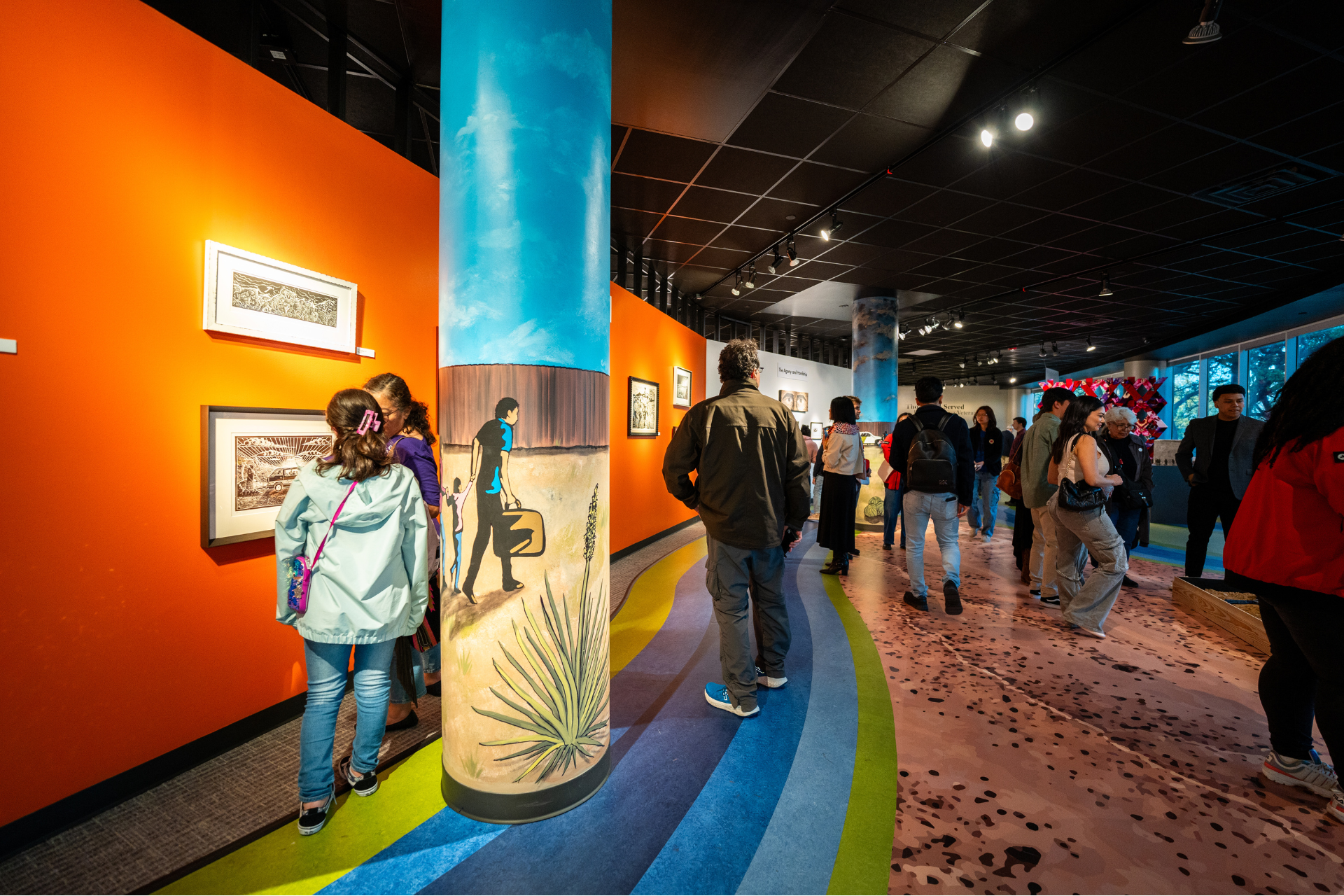
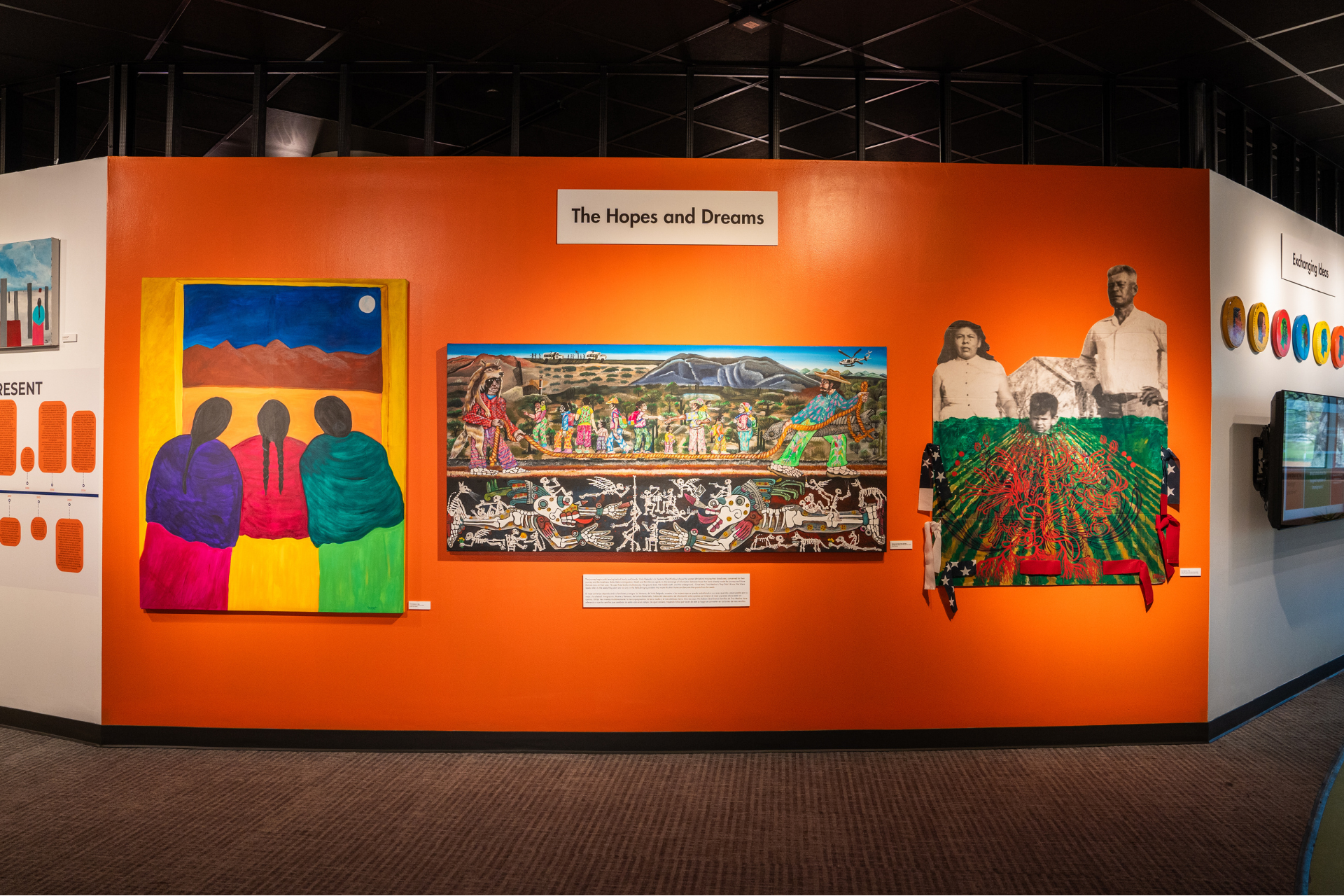
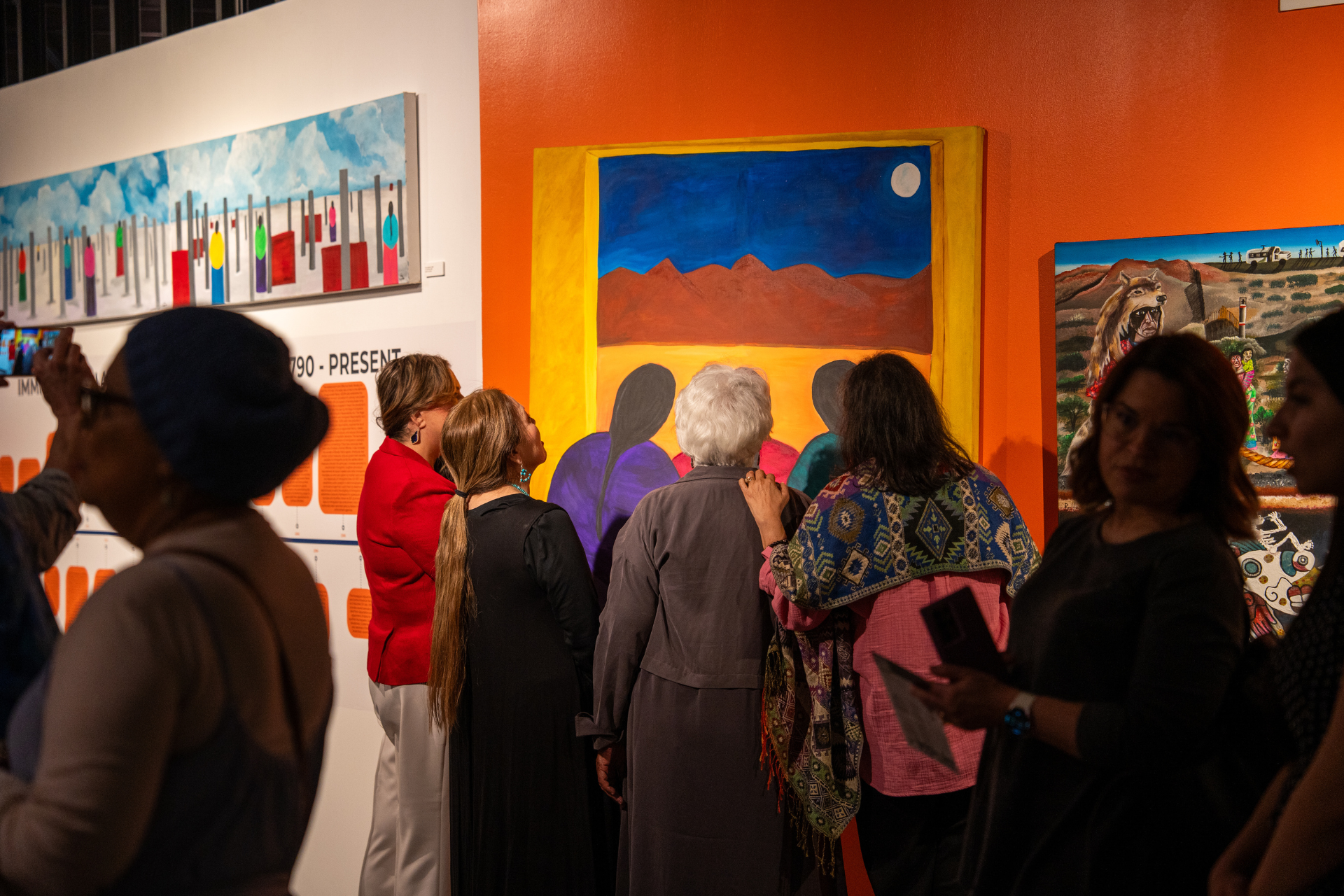
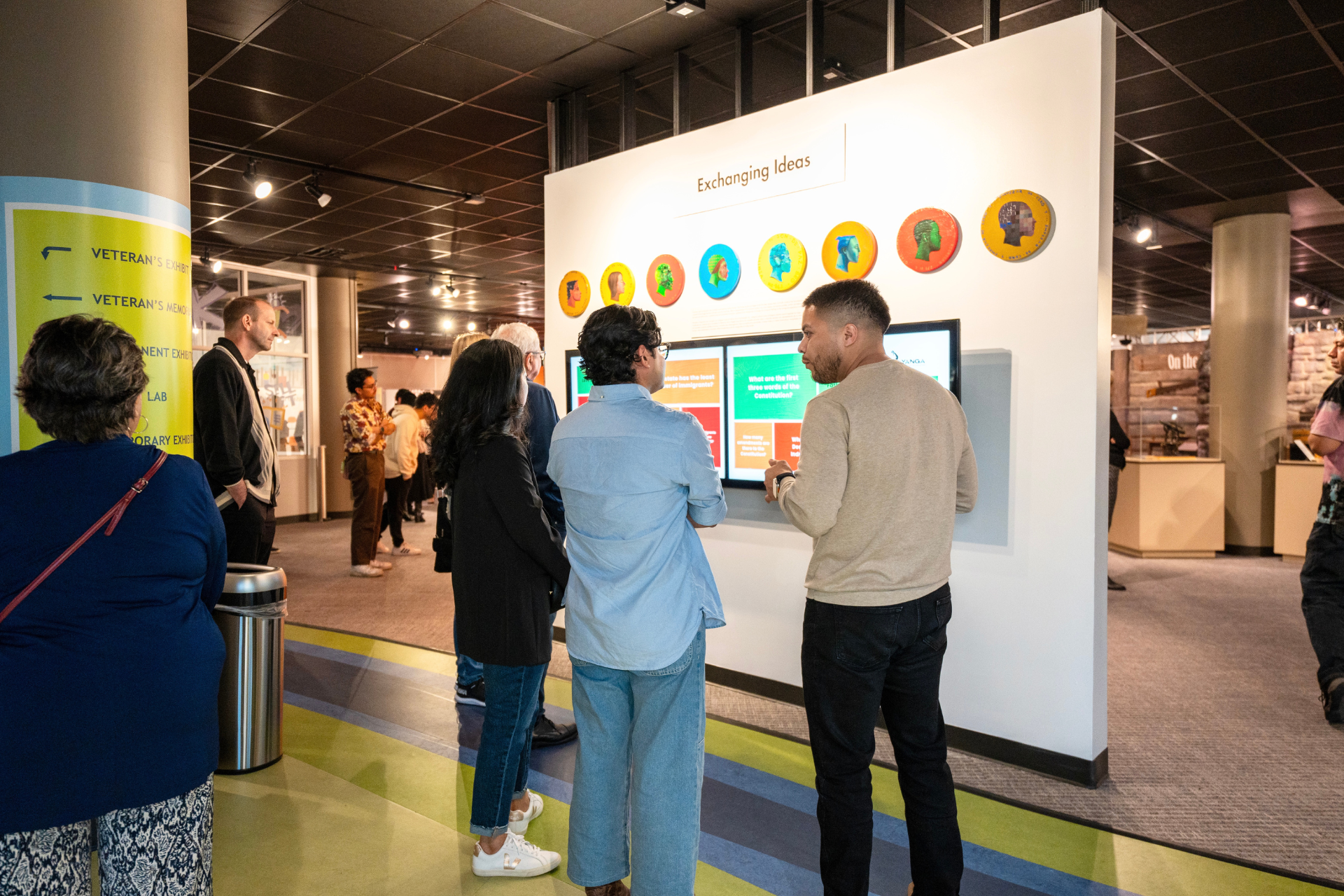
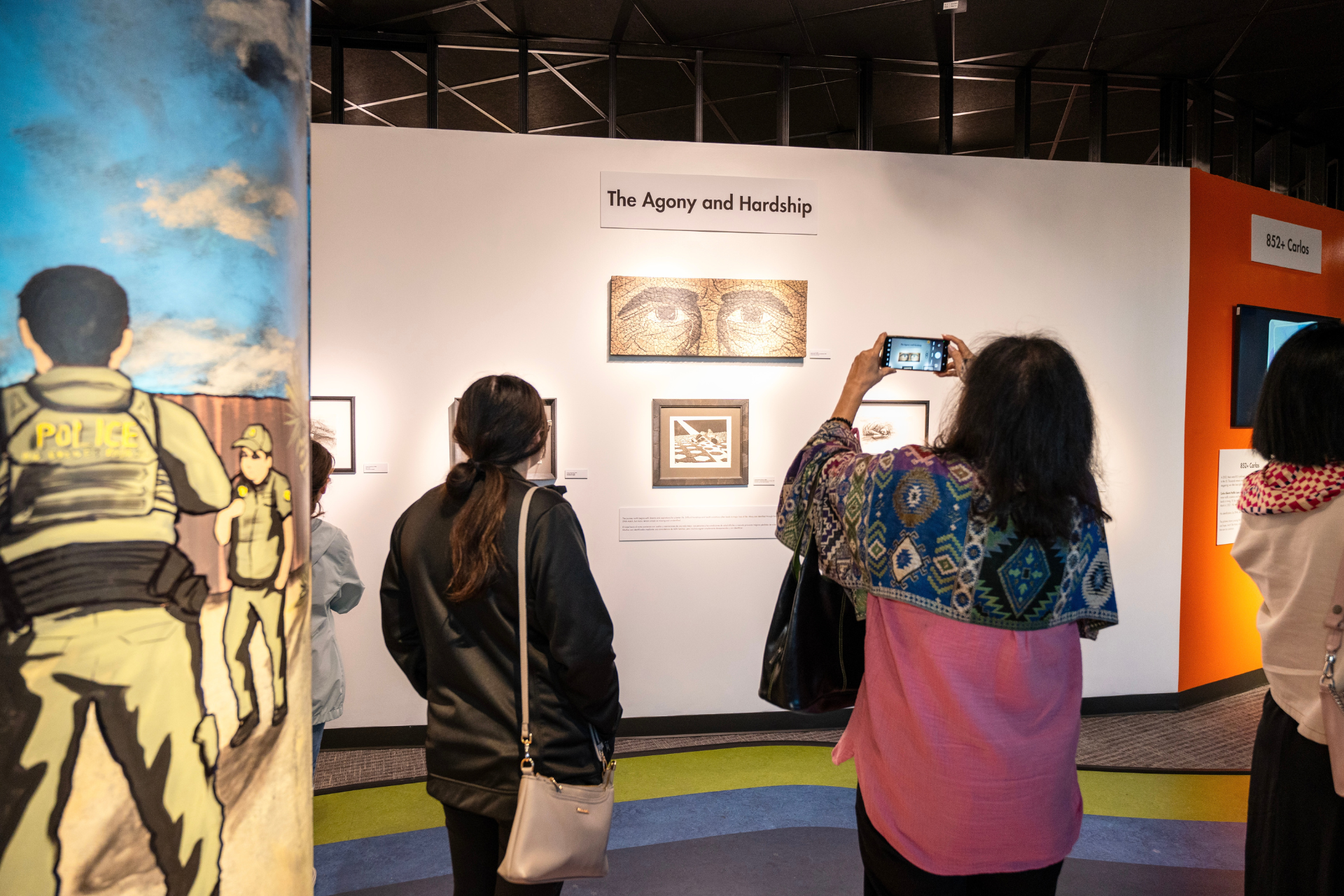
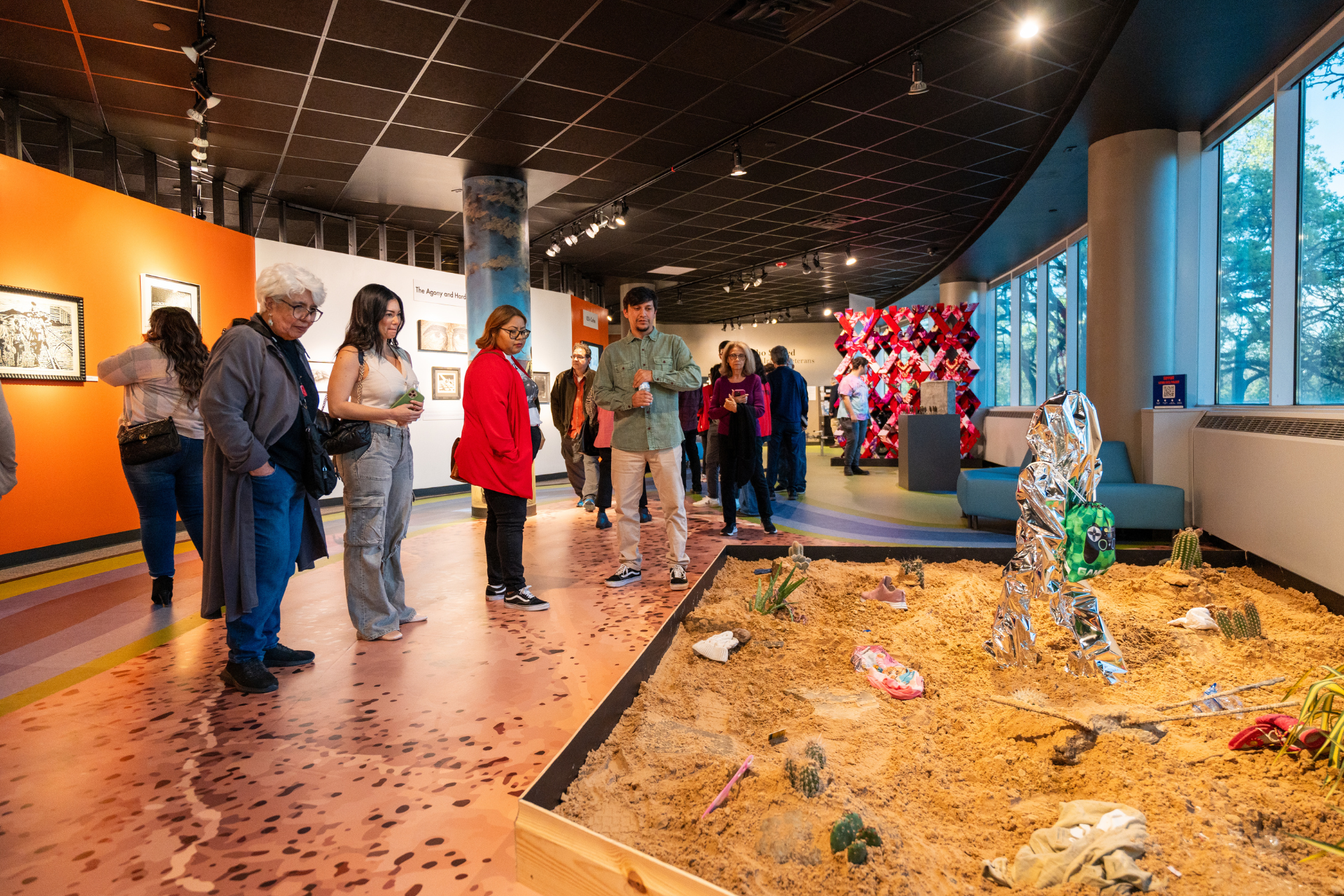
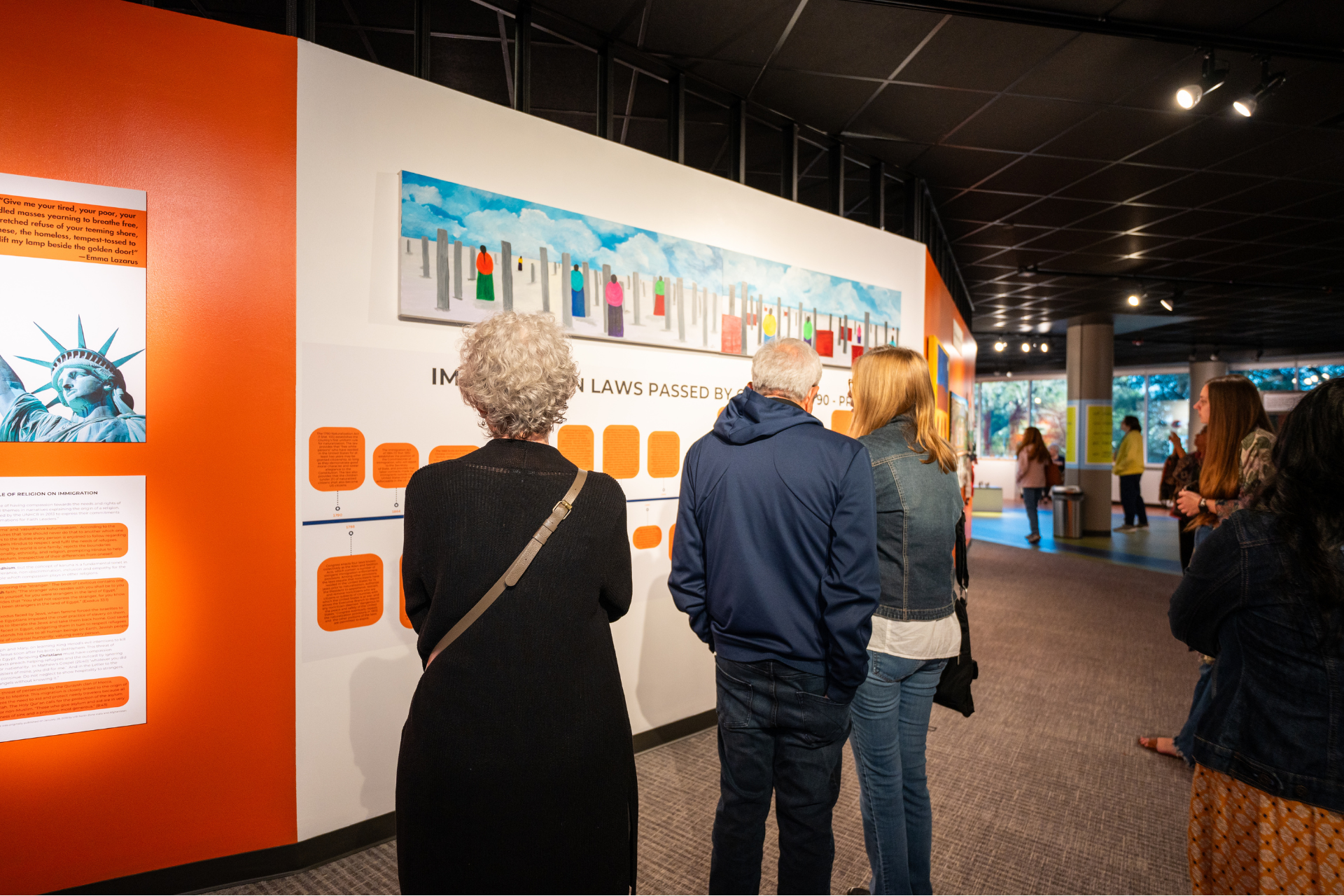
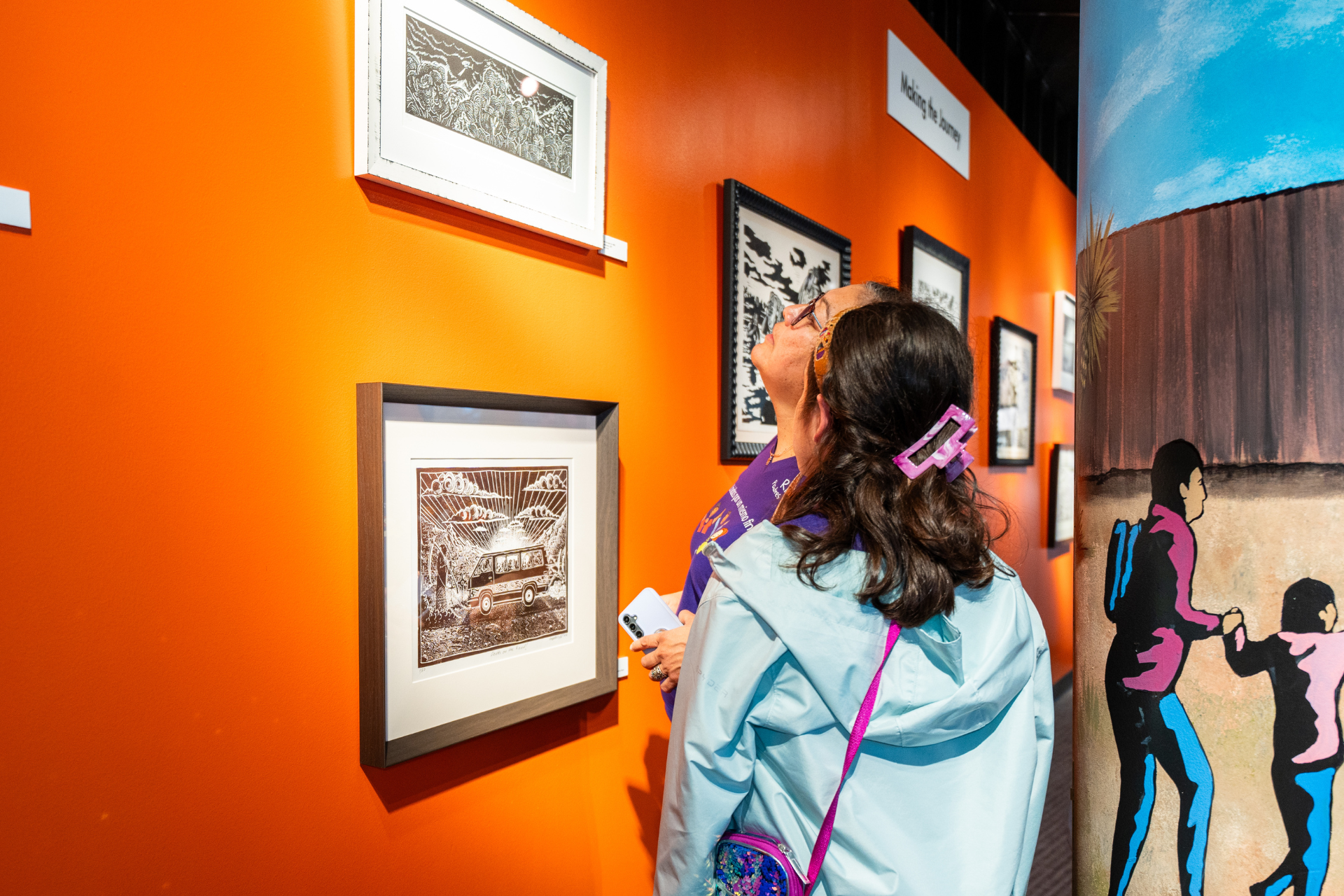
La Frontera: The Border
October 2 - November 3, 2023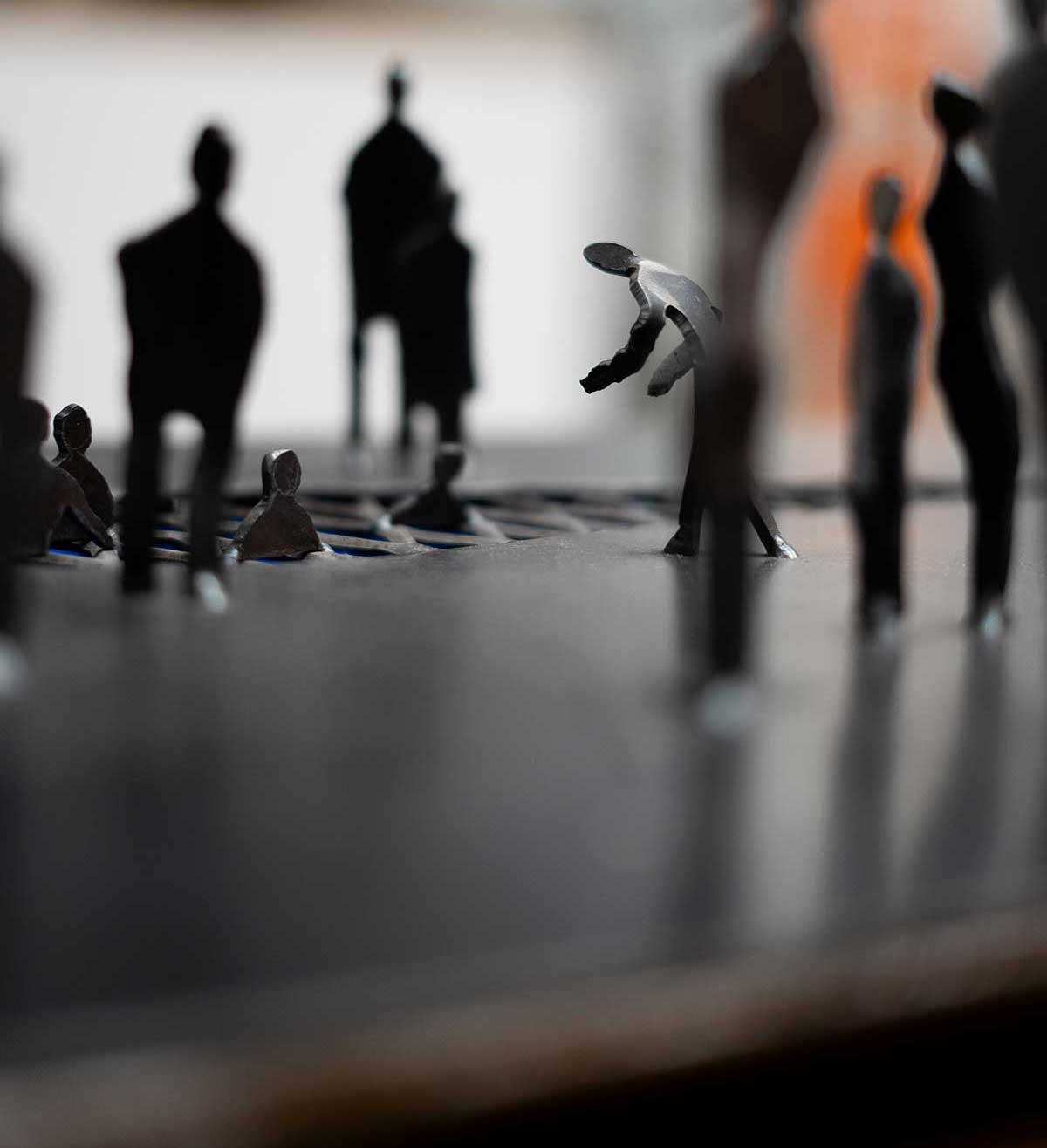
La Frontera: The Border creates a multi-sensory focus on undocumented immigrants crossing the southern border into the United States; shedding light on the lives lost during these journeys.
This exhibit aims to increase awareness and understanding of the complex issues surrounding immigration by humanizing the experience.
“No matter the time of day, I would see people going through the exhibit. Spending time looking, reading, and watching the videos. The staff reported consistently seeing people exploring the exhibit and contemplating the heartache felt for those crossing with the hopes of a better life. Very emotional.”
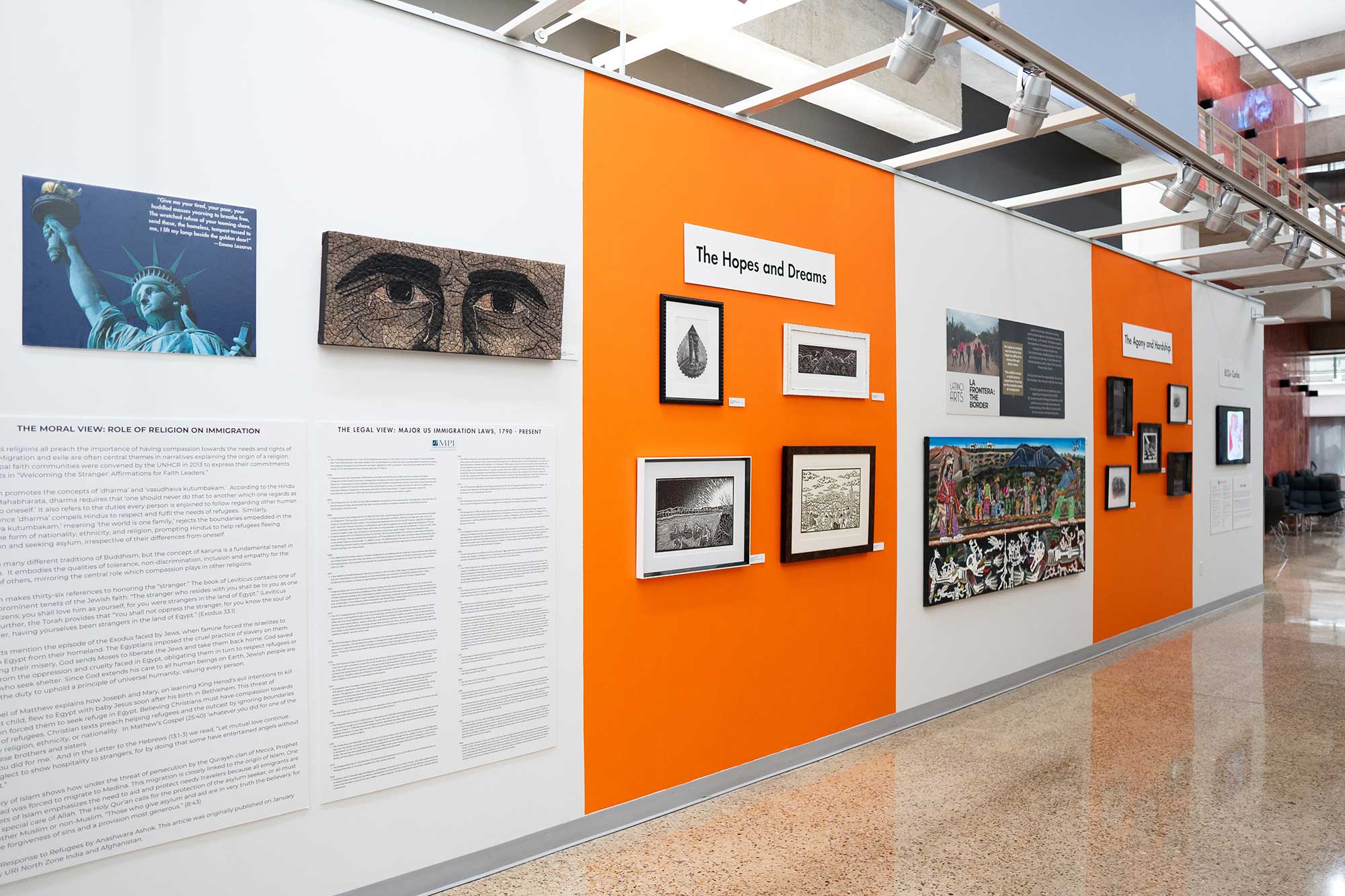


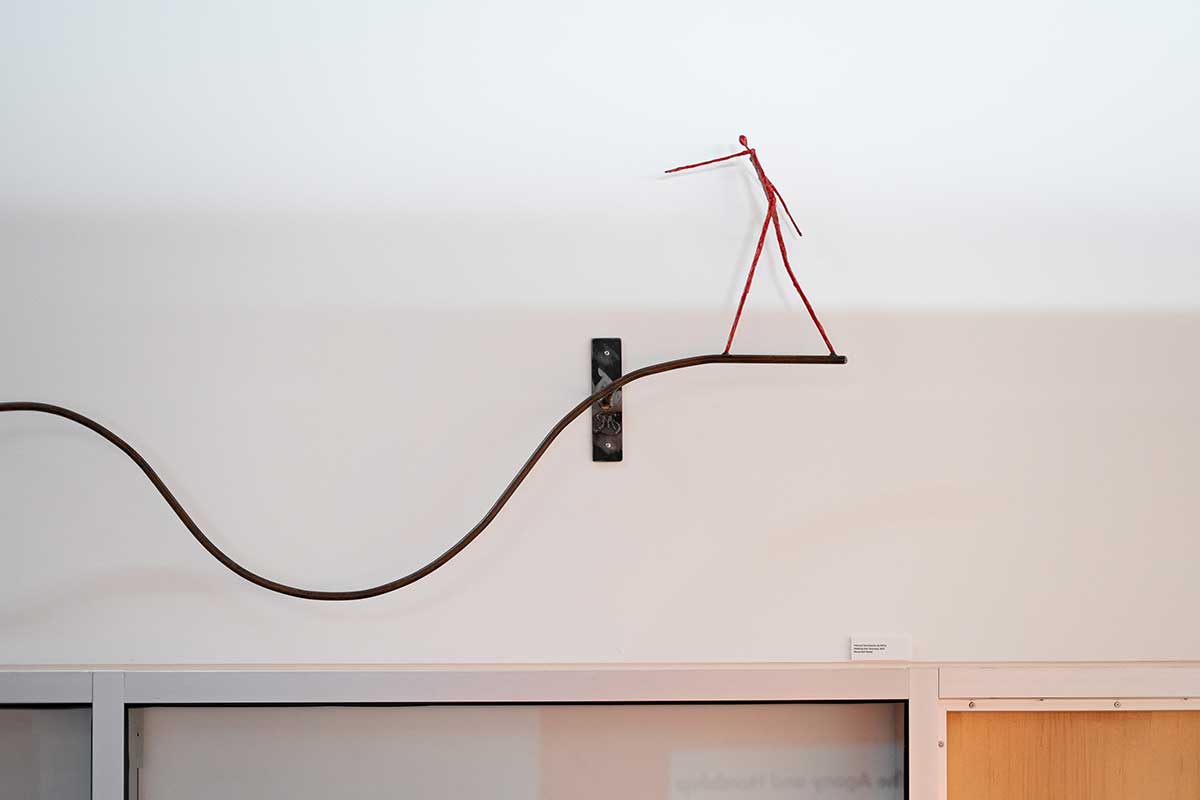
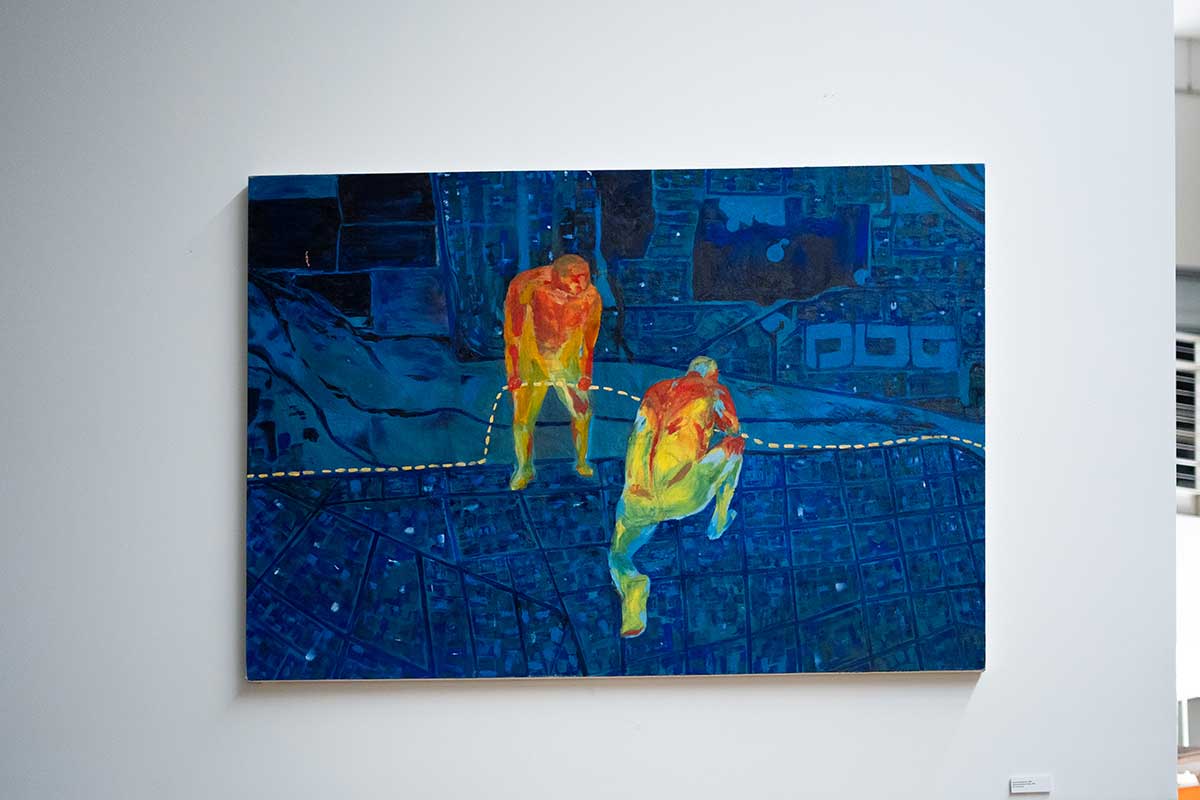
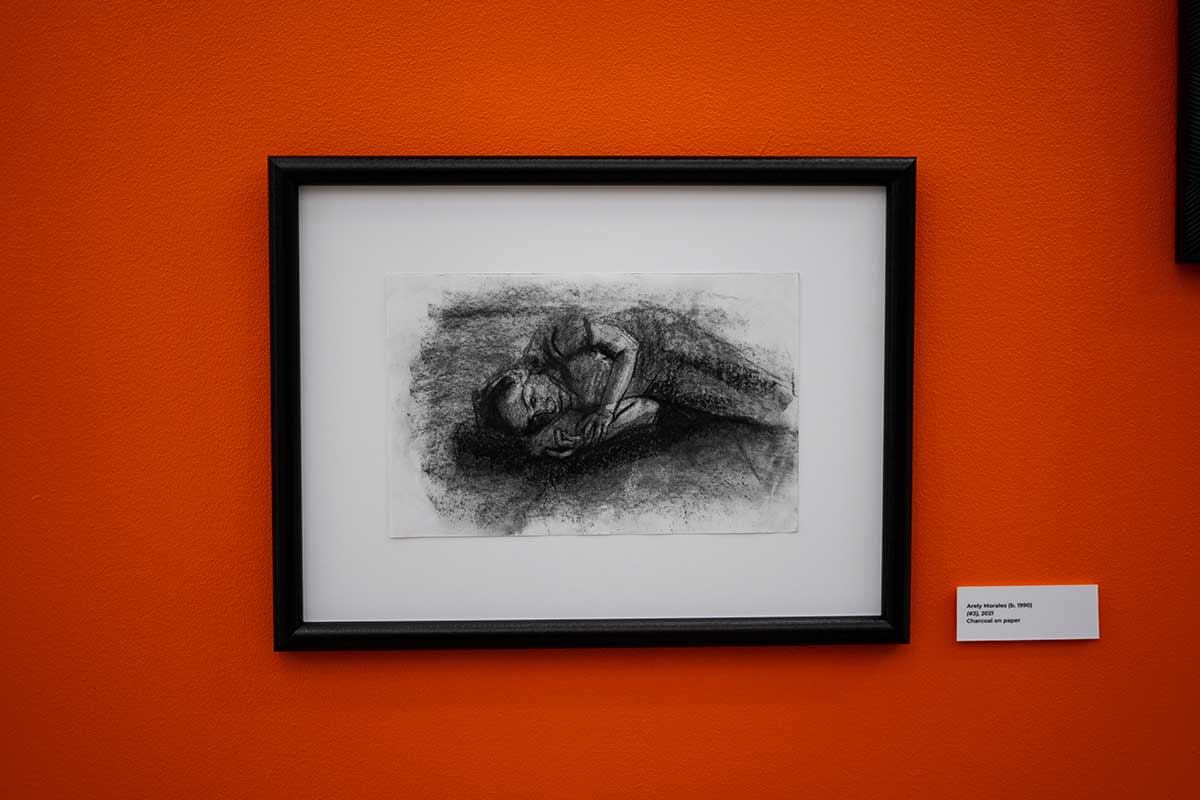
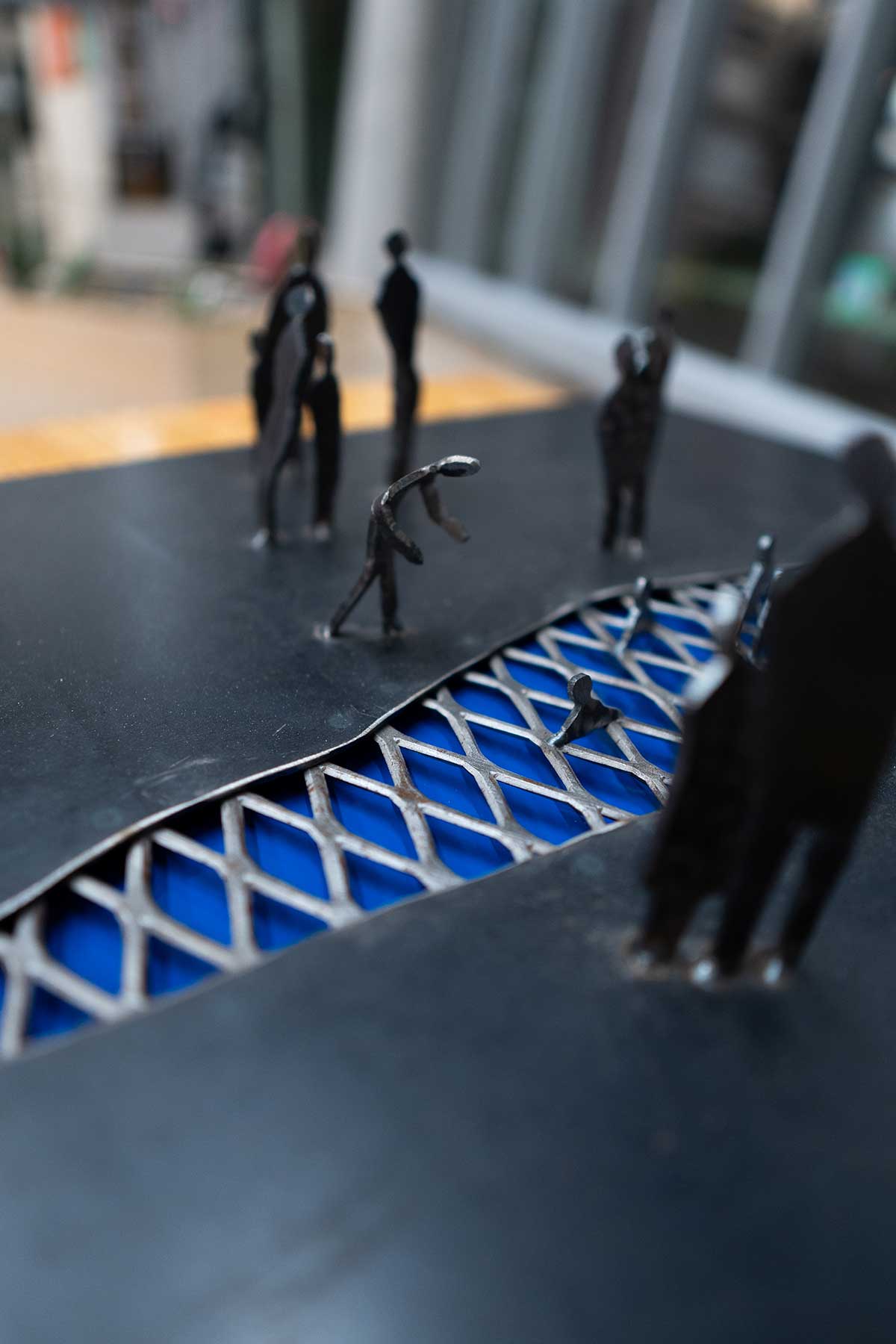
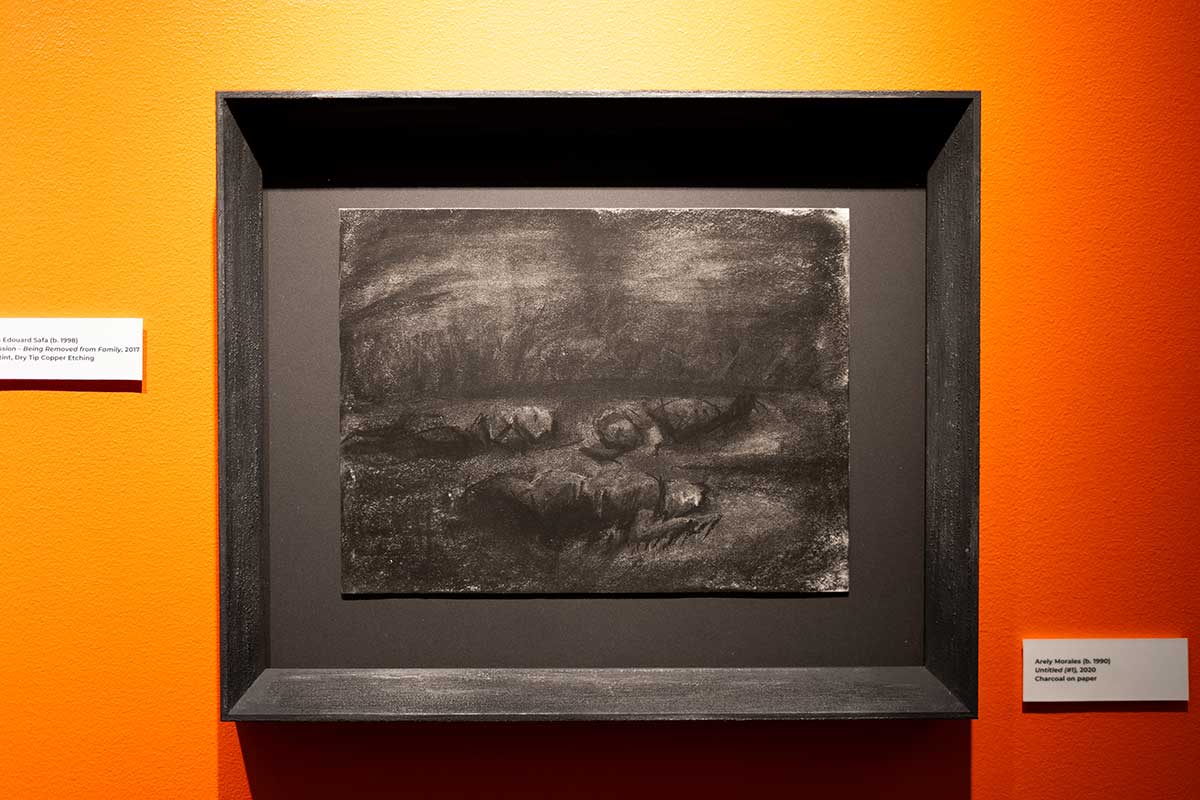

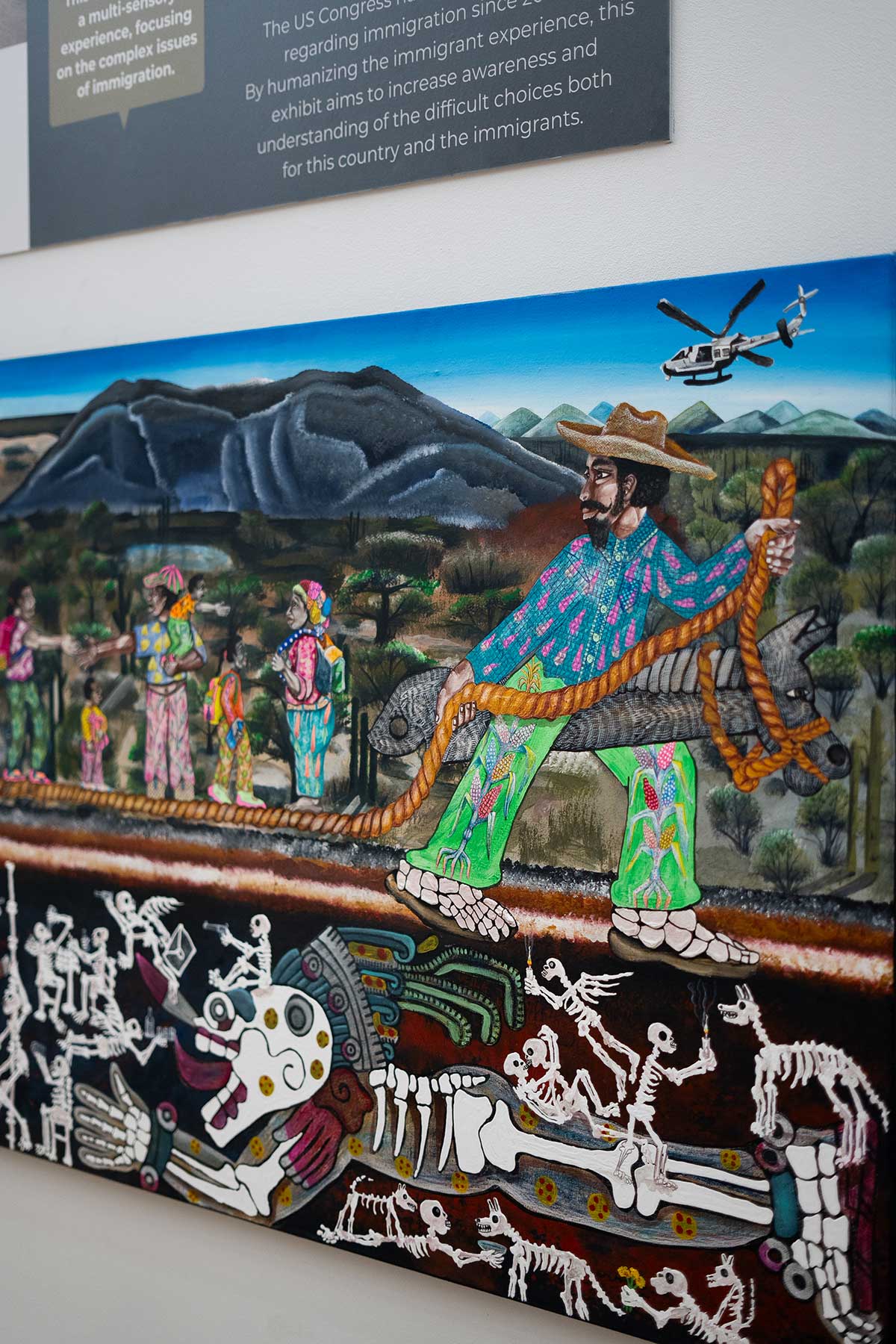
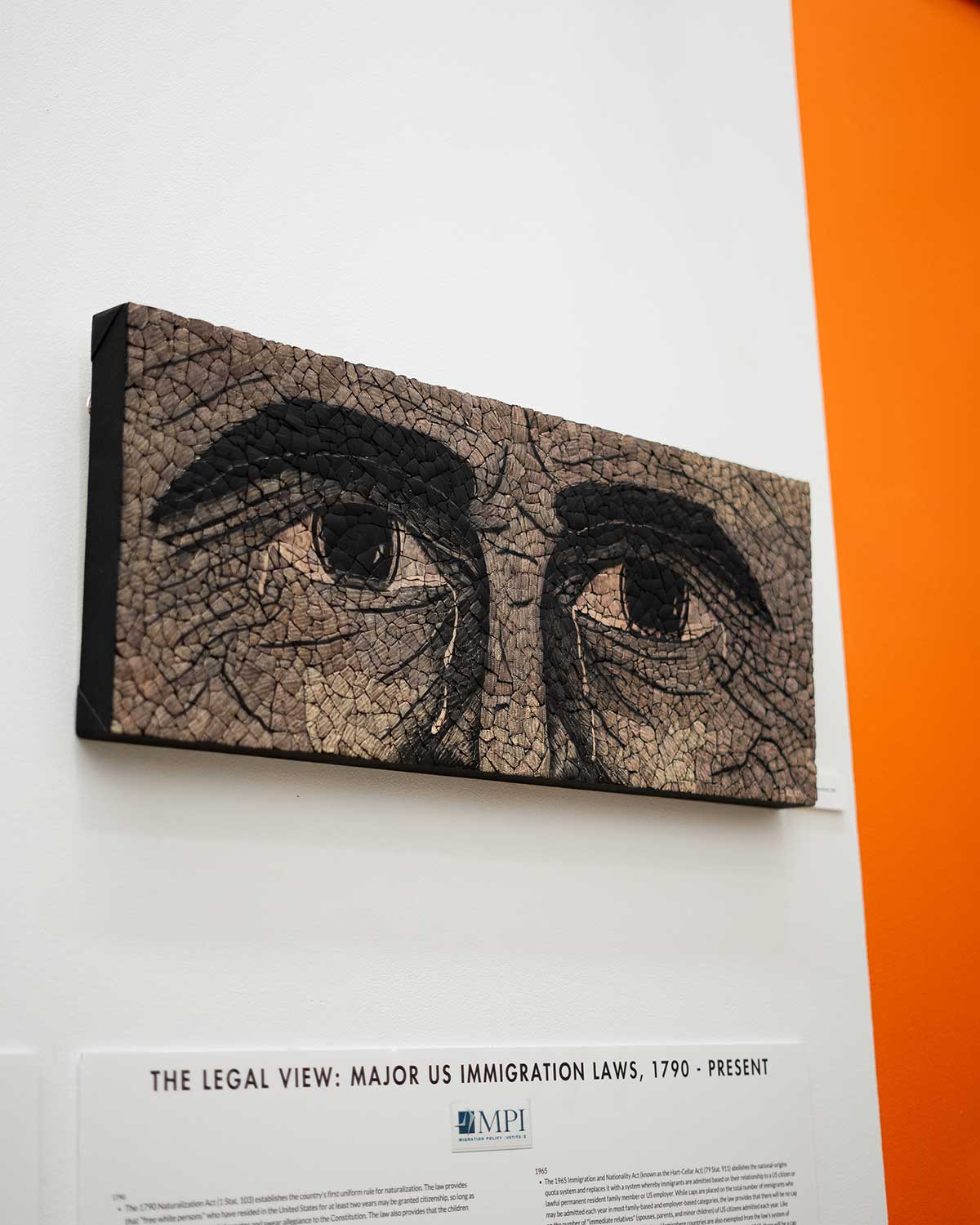

Yanga Rediscovered: The First Liberator of the Americas
February 1 – March 31, 2023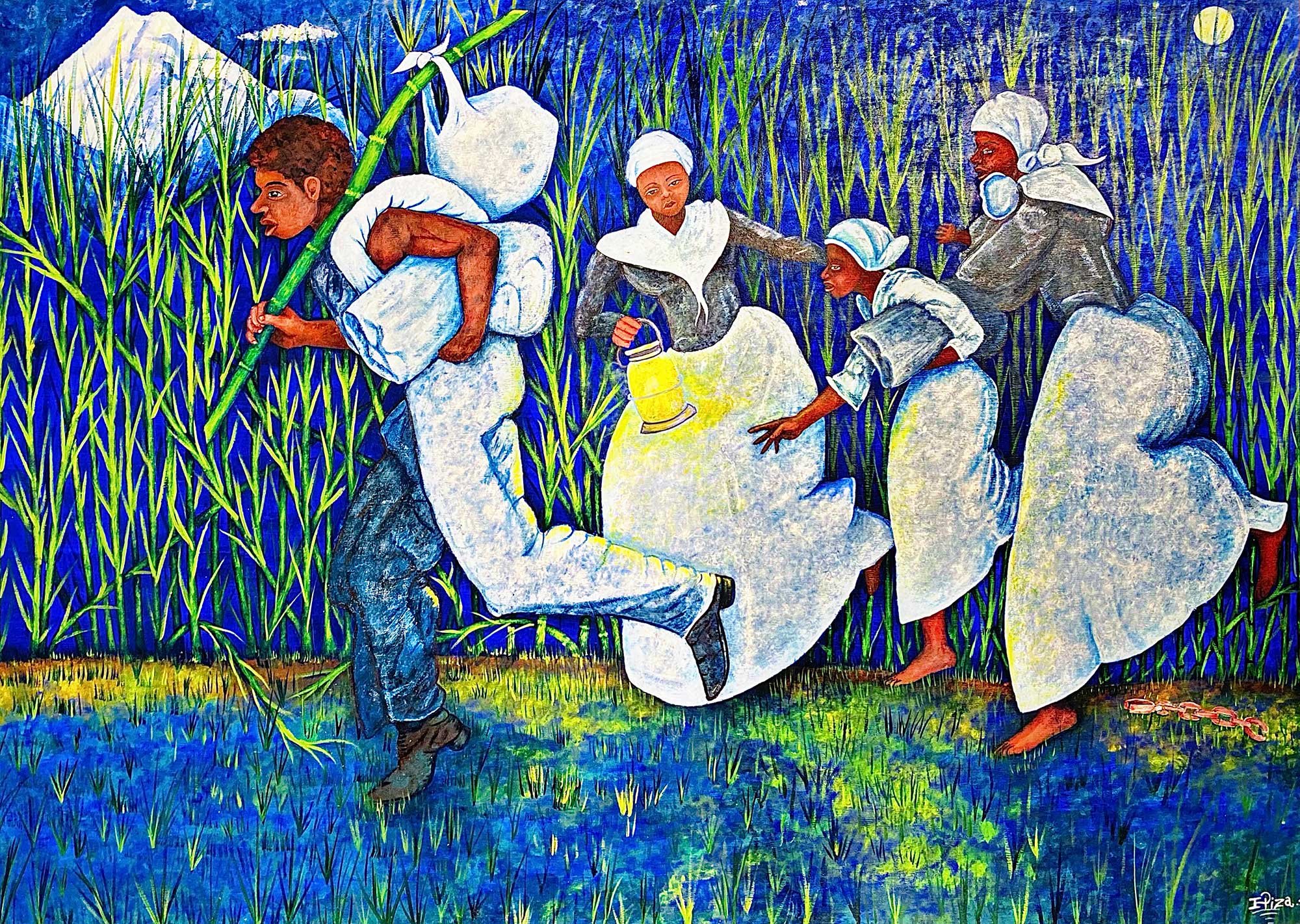
This exhibition, for the first time, displays reproductions of the actual official historical documents from the Archive General de la Nacion (National Archives) in Mexico City and Archivo General de Indias (Archive of the Indies) in Seville, Spain. These track the correspondence between Luis de Velasco, Viceroy of New Spain, Gaspar Yanda and Felipe III, the King of Spain. Also included is the 1630 Acto de Fundacion (Incorporation Act) for the foundation of San Lorenzo de los Negros, the community that resulted from Yanga’s courageous actions.
Also on display are African American related videos, sculptures and framed copies of relevant historical documents.
Sponsorship opportunities or to schedule curated individual/group tours info@LatinoArtsProject.org.
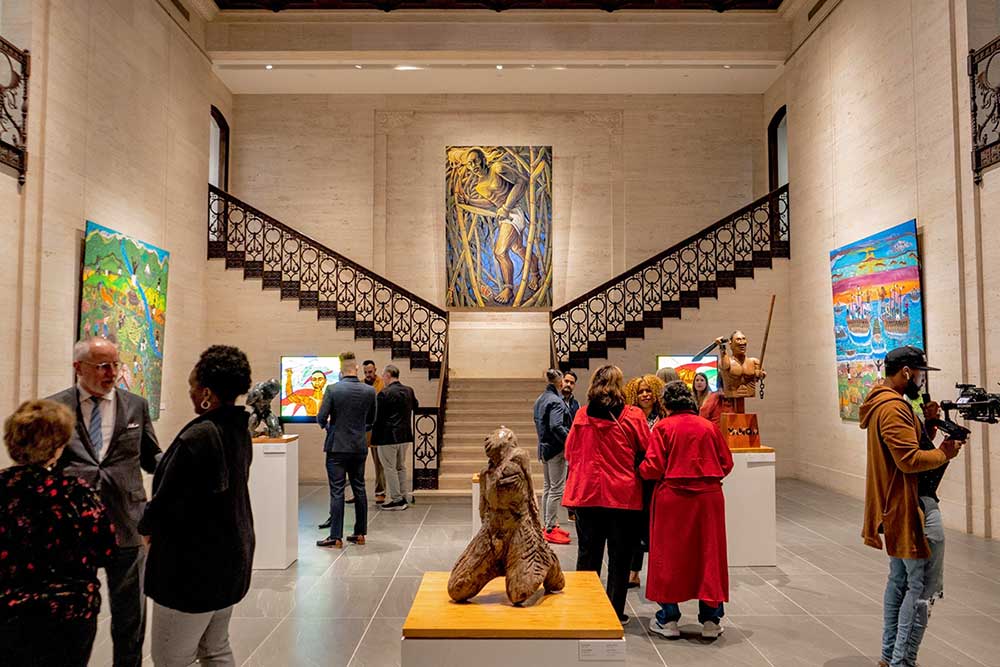




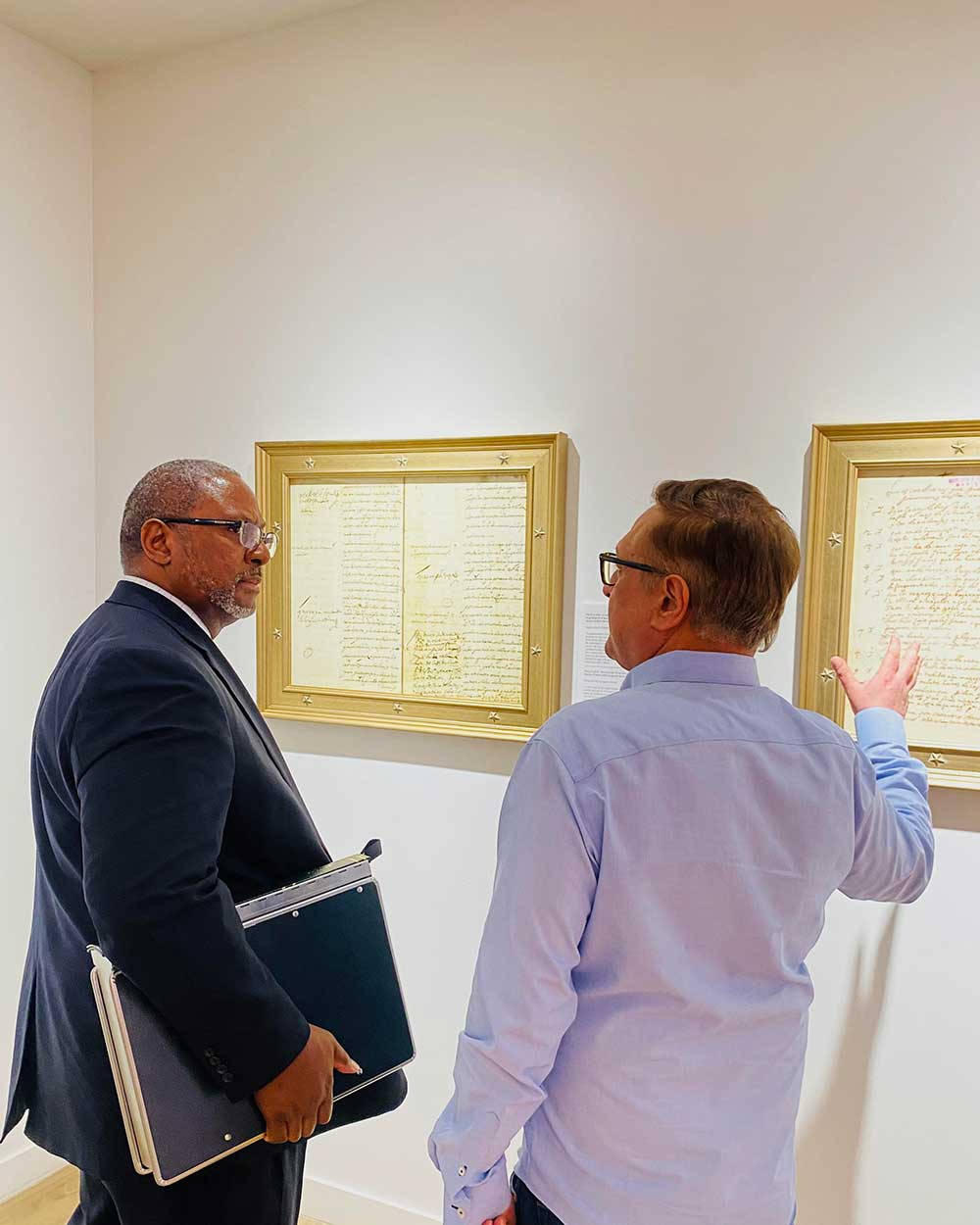
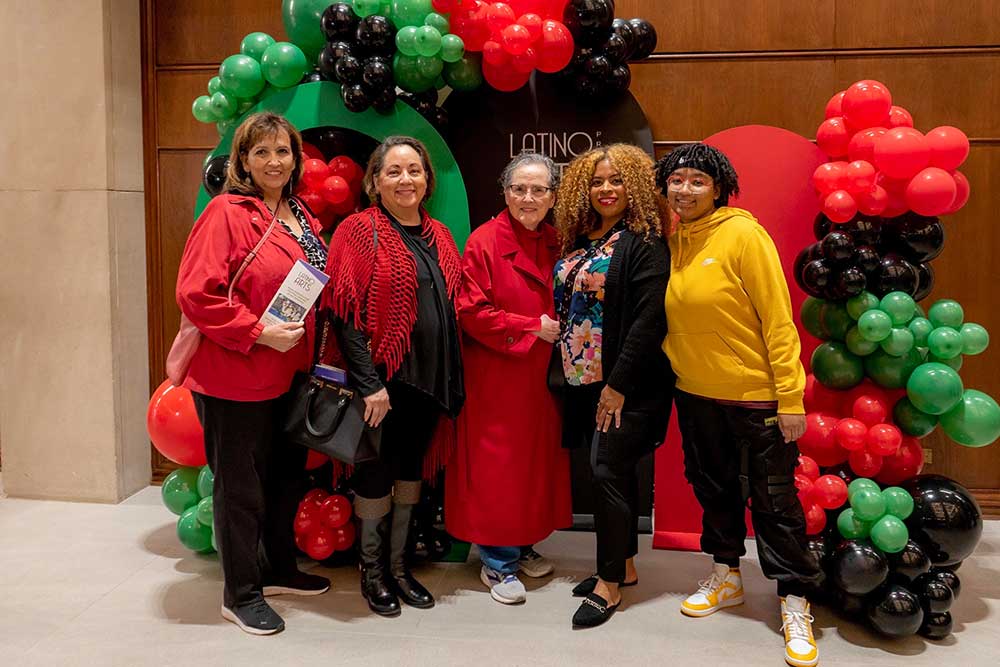
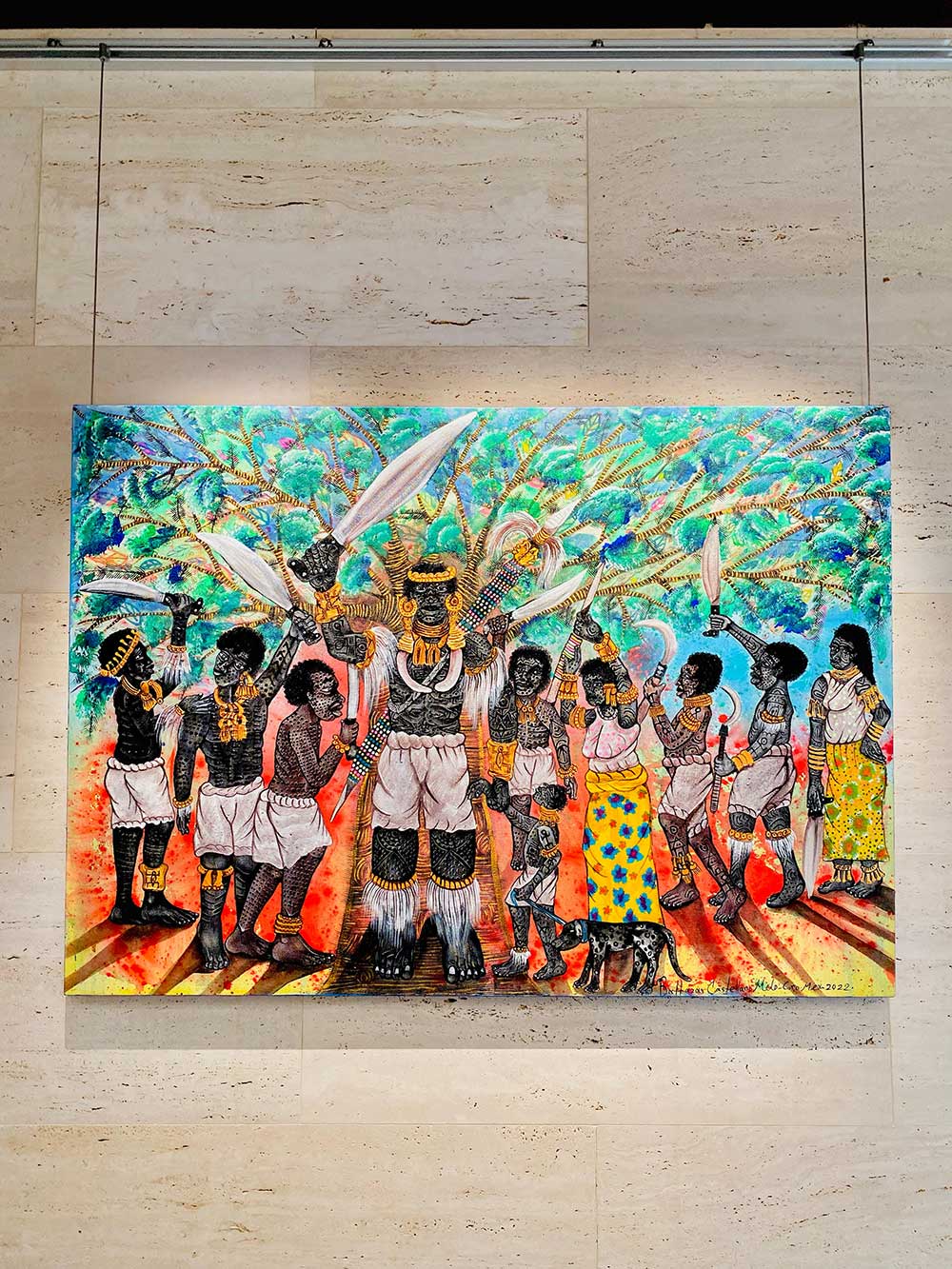
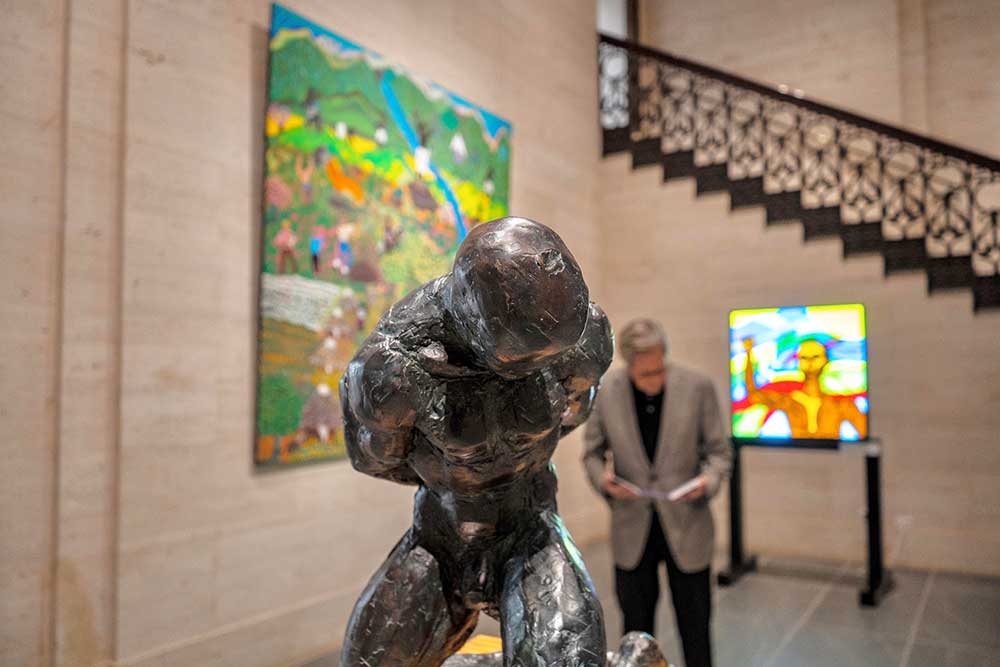

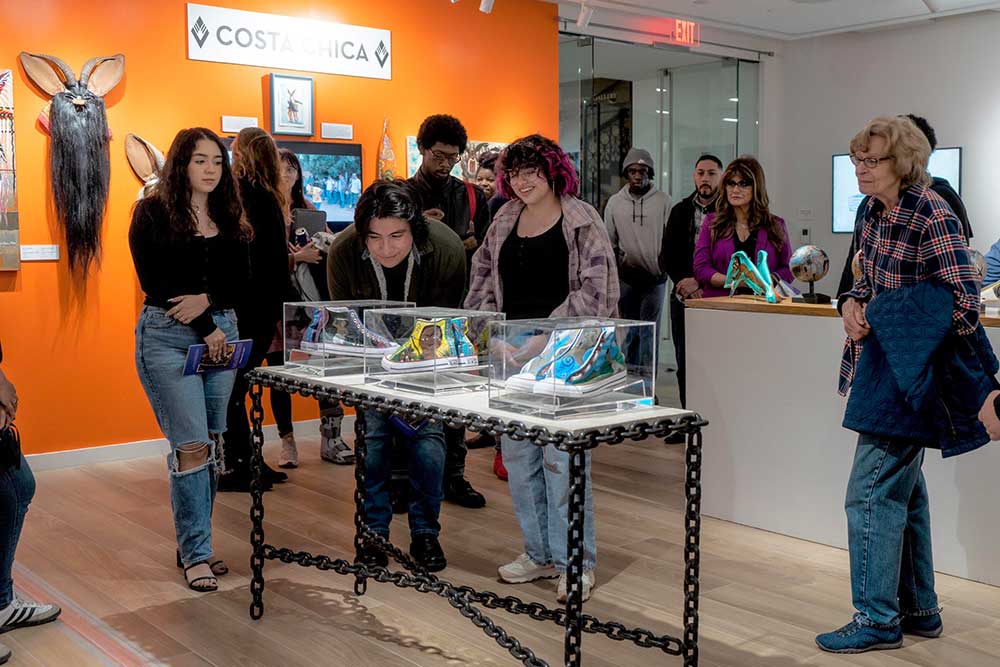
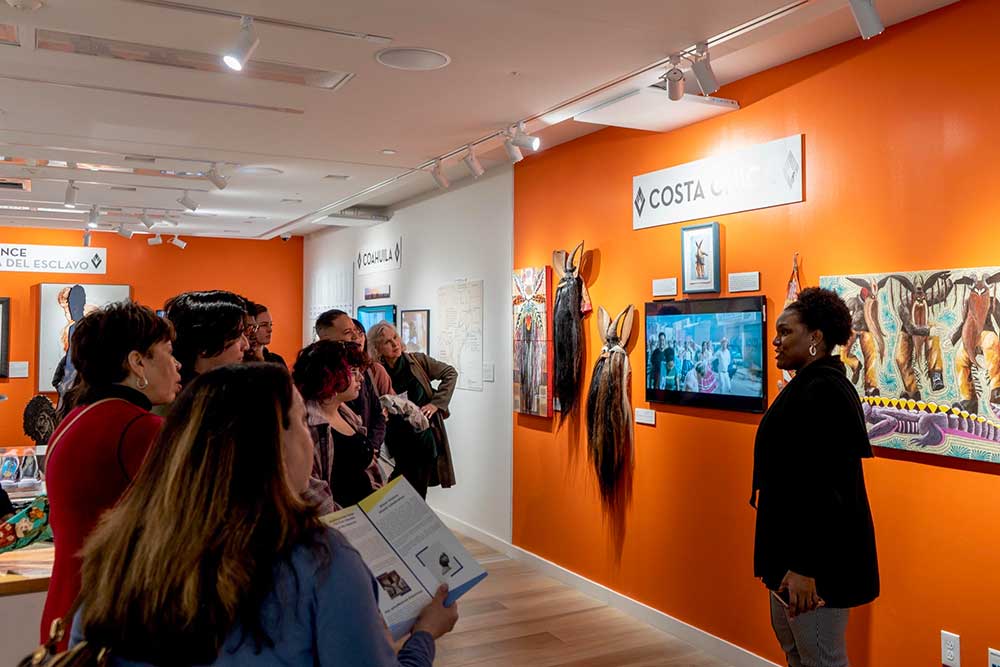
Yanga and the AfroMexican Experience
August 26 through October 15, 2022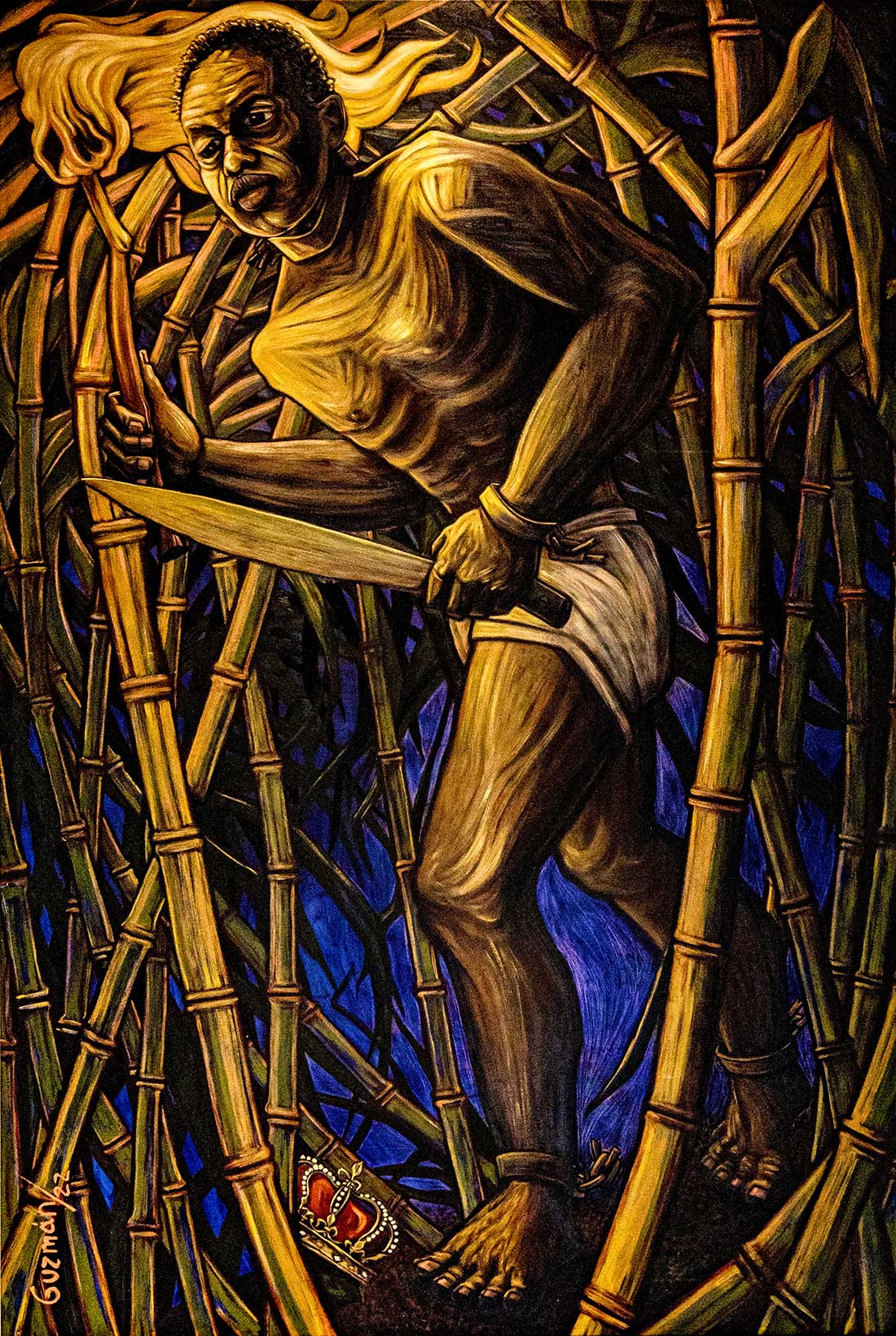
LATINO ARTS PROJECT presents an immersive art experience at the Latino Cultural Center. This free exhibit brings awareness to the diversity of cultures within our communities and highlights the commonalities we share.
The little known story of Gaspar Yanga will be explored, for the first time, in a separate museum exhibition. Past exhibitions have included Yanga’s story within context of other topics, but this is the first museum exhibition exclusively about Yanga, the first liberator of the Americas.
Yanga and the AfroMexican Experience features an entire gallery devoted to Yanga, exploring this historical story with documents from the Archivo General de la Nacion (National Archives) in Mexico City and Archivo General de Indias (Archive of the Indies) in Seville, Spain.
The second gallery is devoted to exploring the cultural impact of the AfroMexican experience. The exhibition explores in depth the influence in music, dance, food and art in each of the three main areas of Mexico with a direct African impact.
Learn about the African experience in the Mexican state of Veracruz, as the main landing site for many of the enslaved Africans that went directly to Mexico on the Caribbean coast, Costa Chica, the southern Pacific area that crosses the Mexican states of Guerrero and Oaxaca and the Texas bordering state of Coahuila that became a refuge for former slaves from the US.
This exhibition enhances Diversity, Inclusion and Equity (DEI) awareness with a STE(A)M-focused educational experience, for students of all ages, with animated and documentary videos and artistic representations with paintings, wood sculptures and textiles.
Join us for this cross-cultural experience!

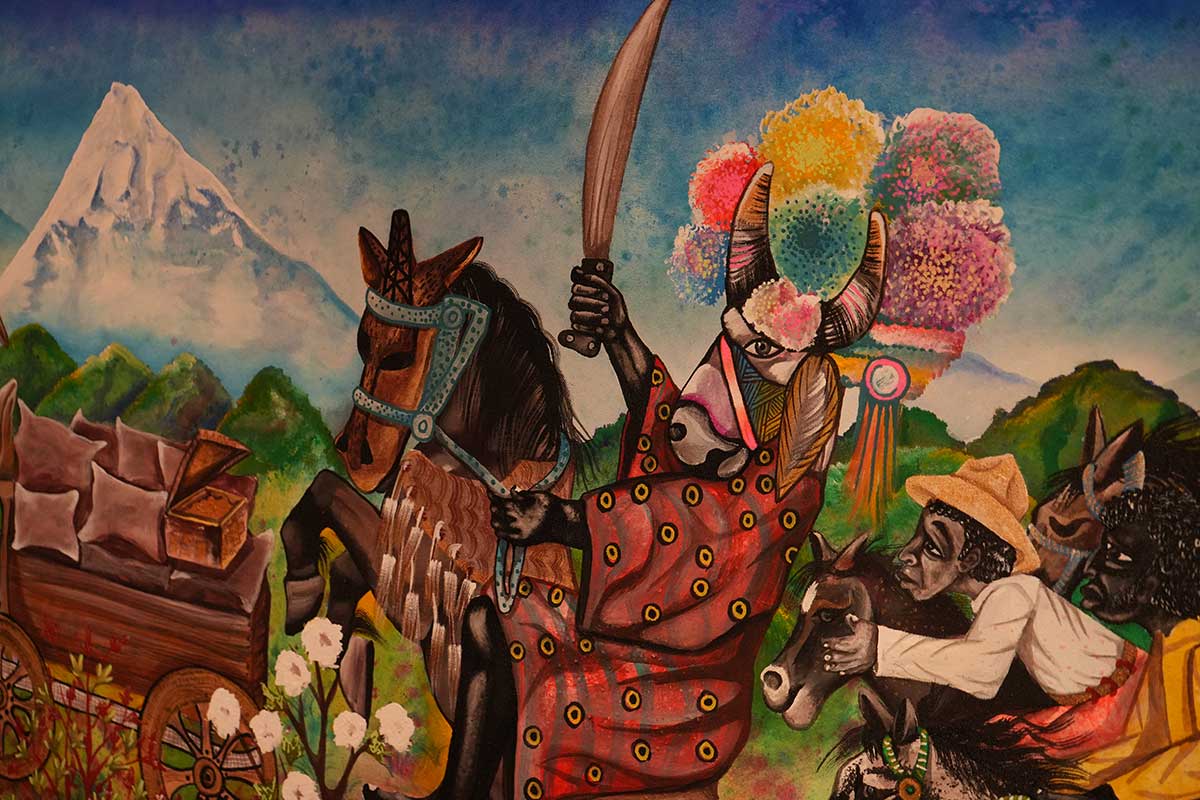
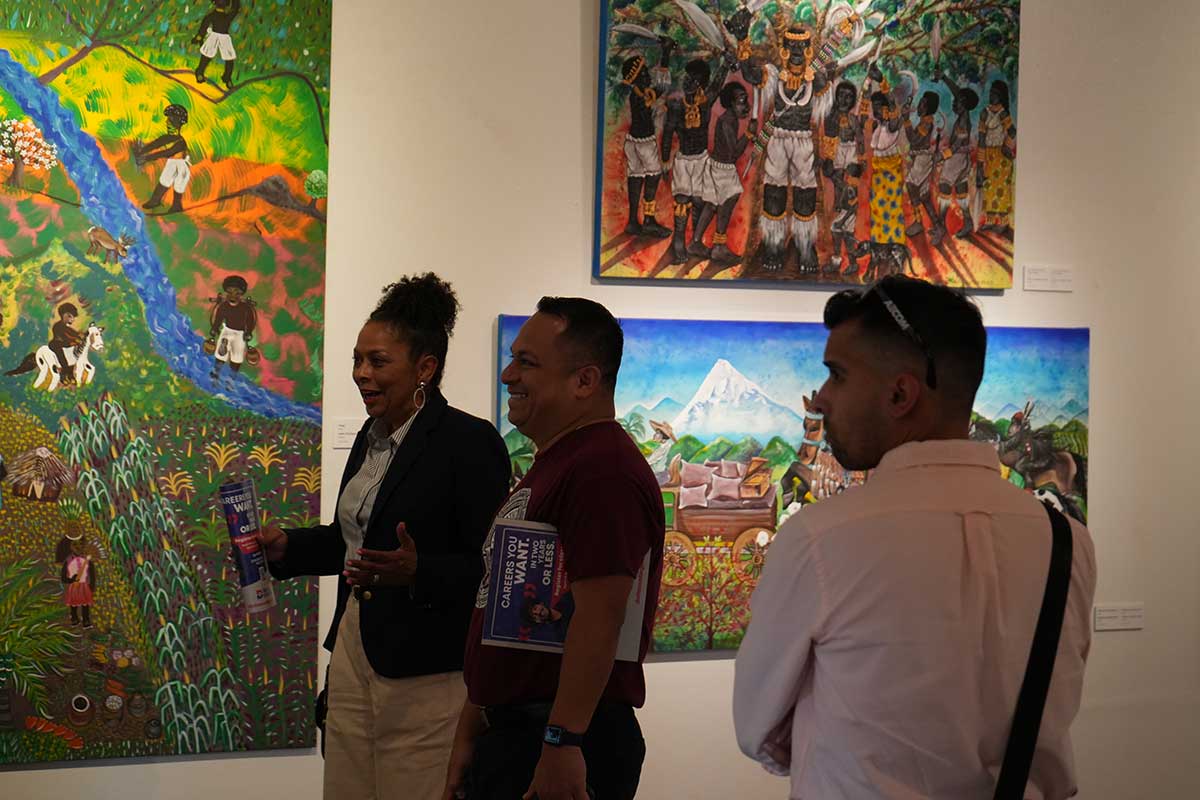
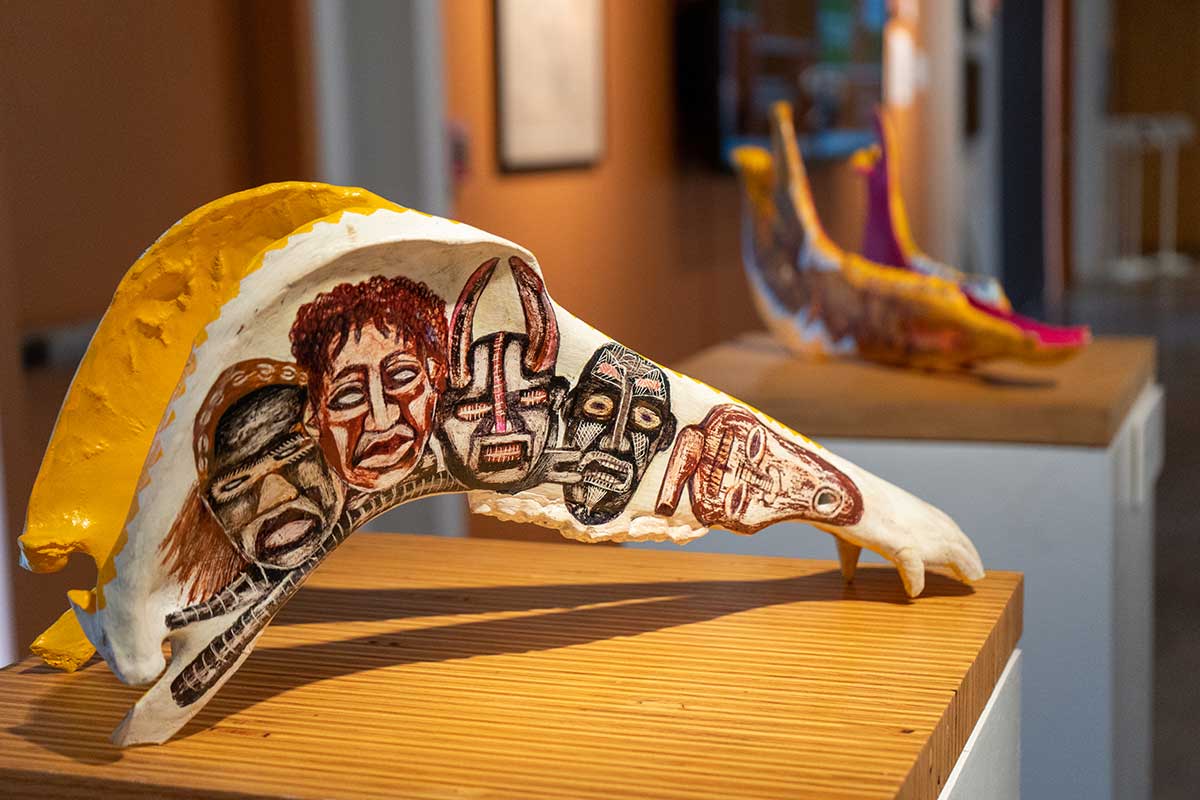
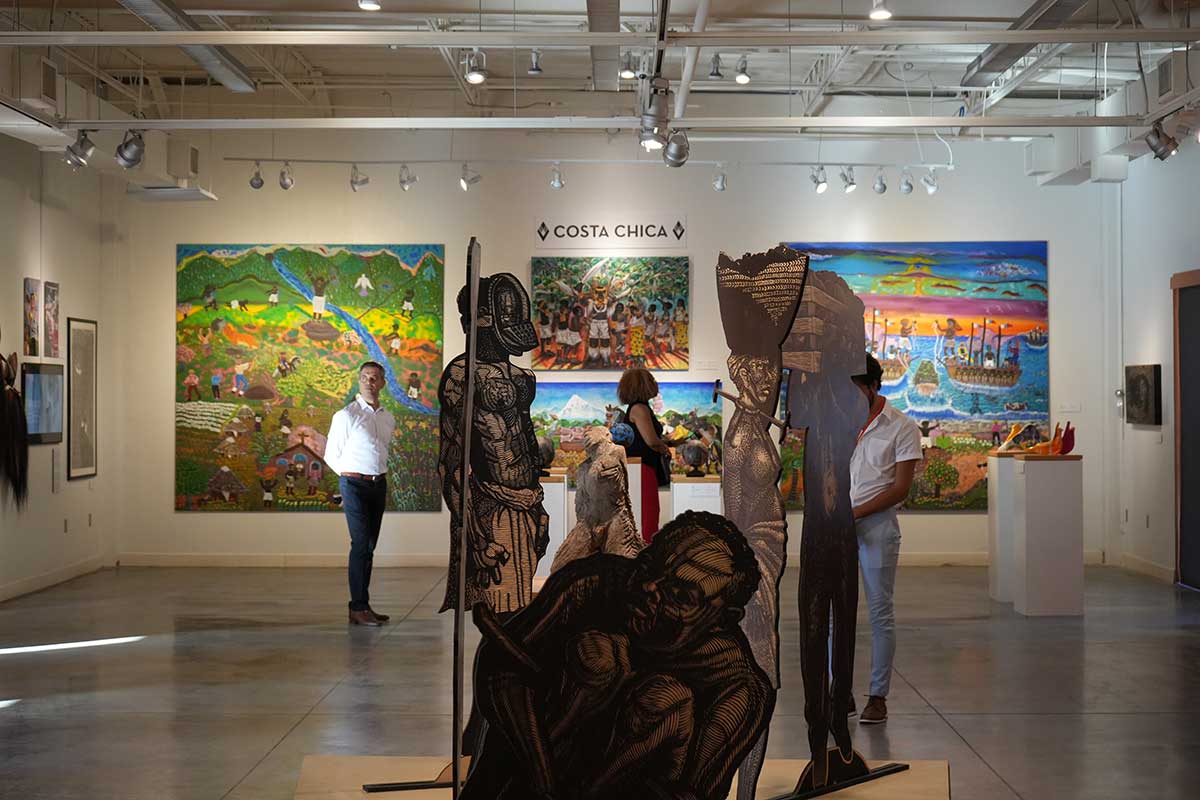
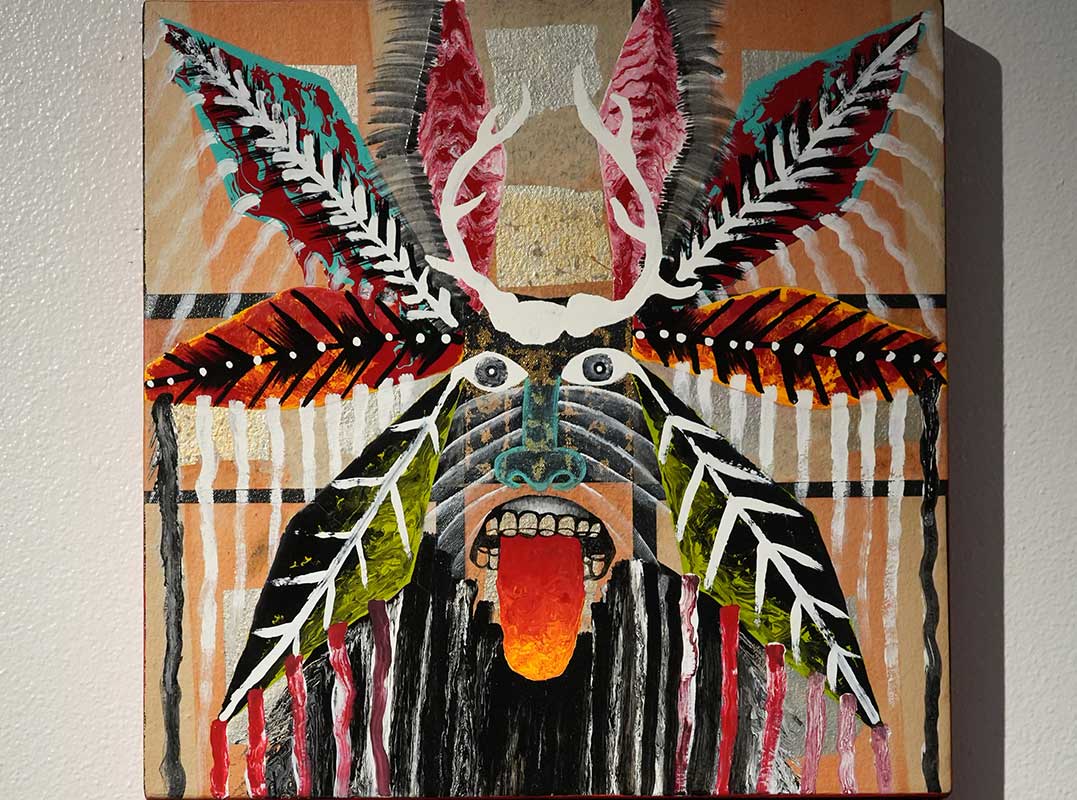
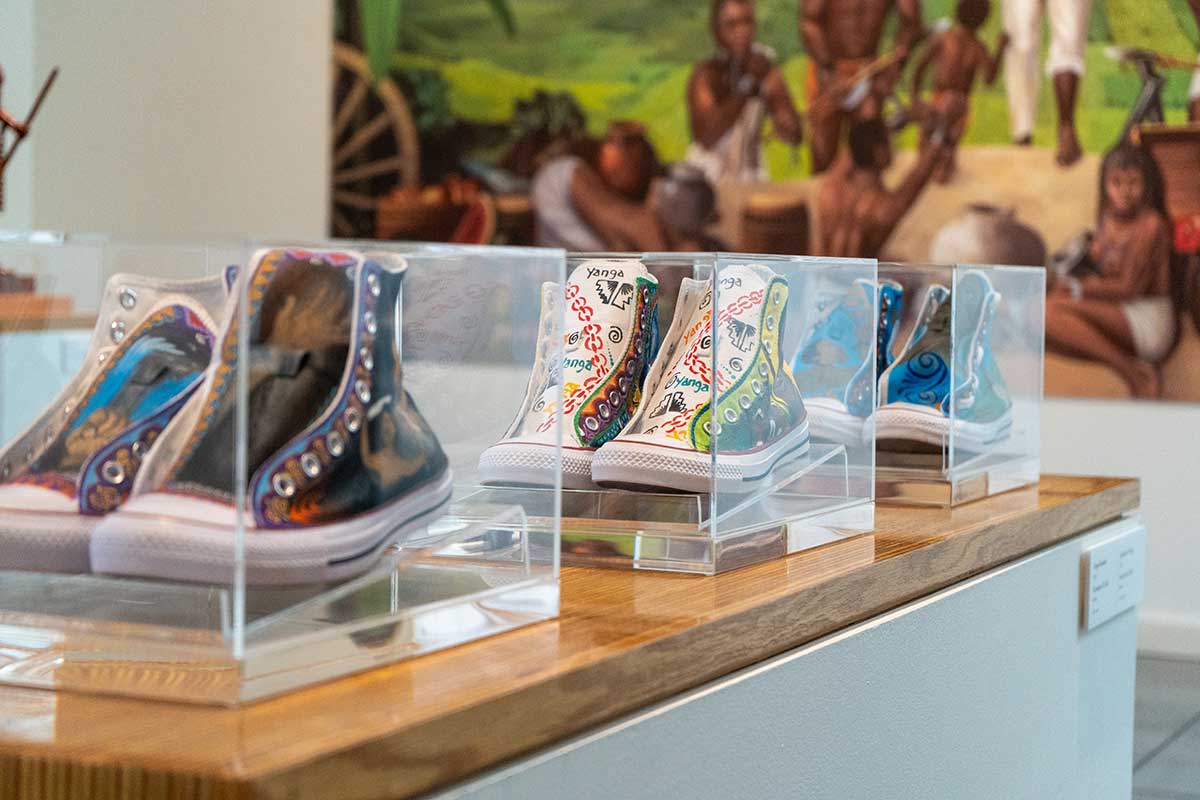
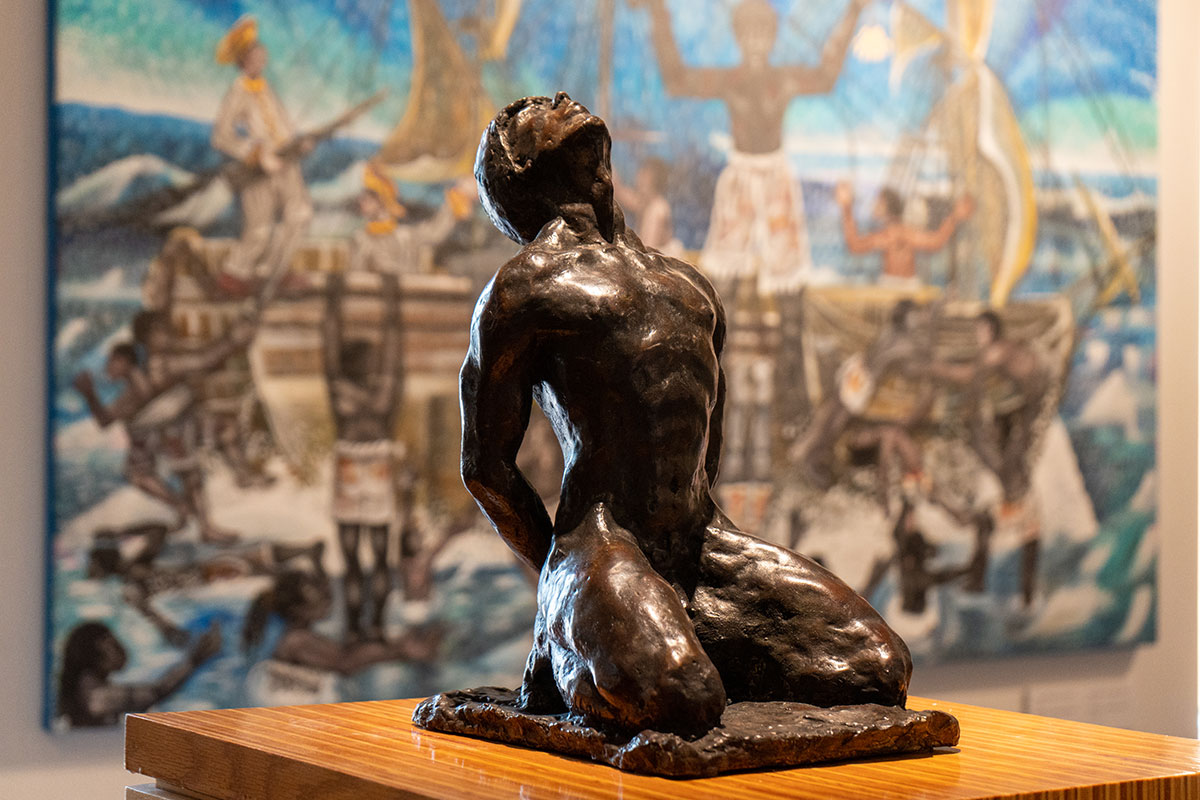
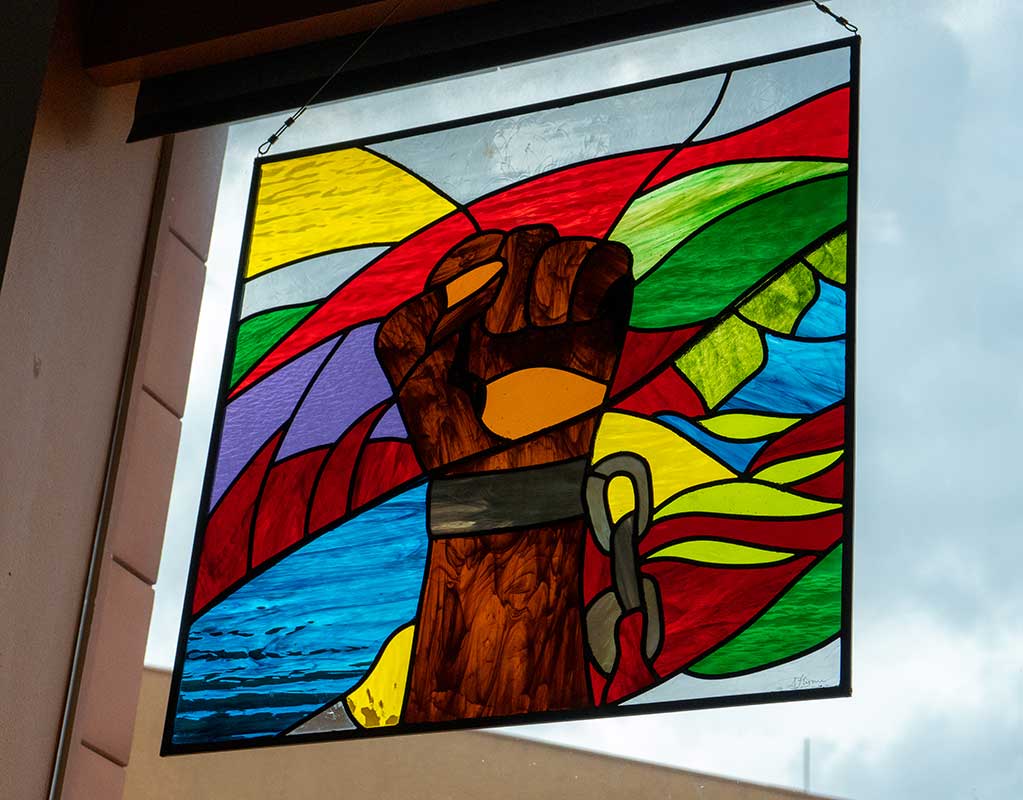

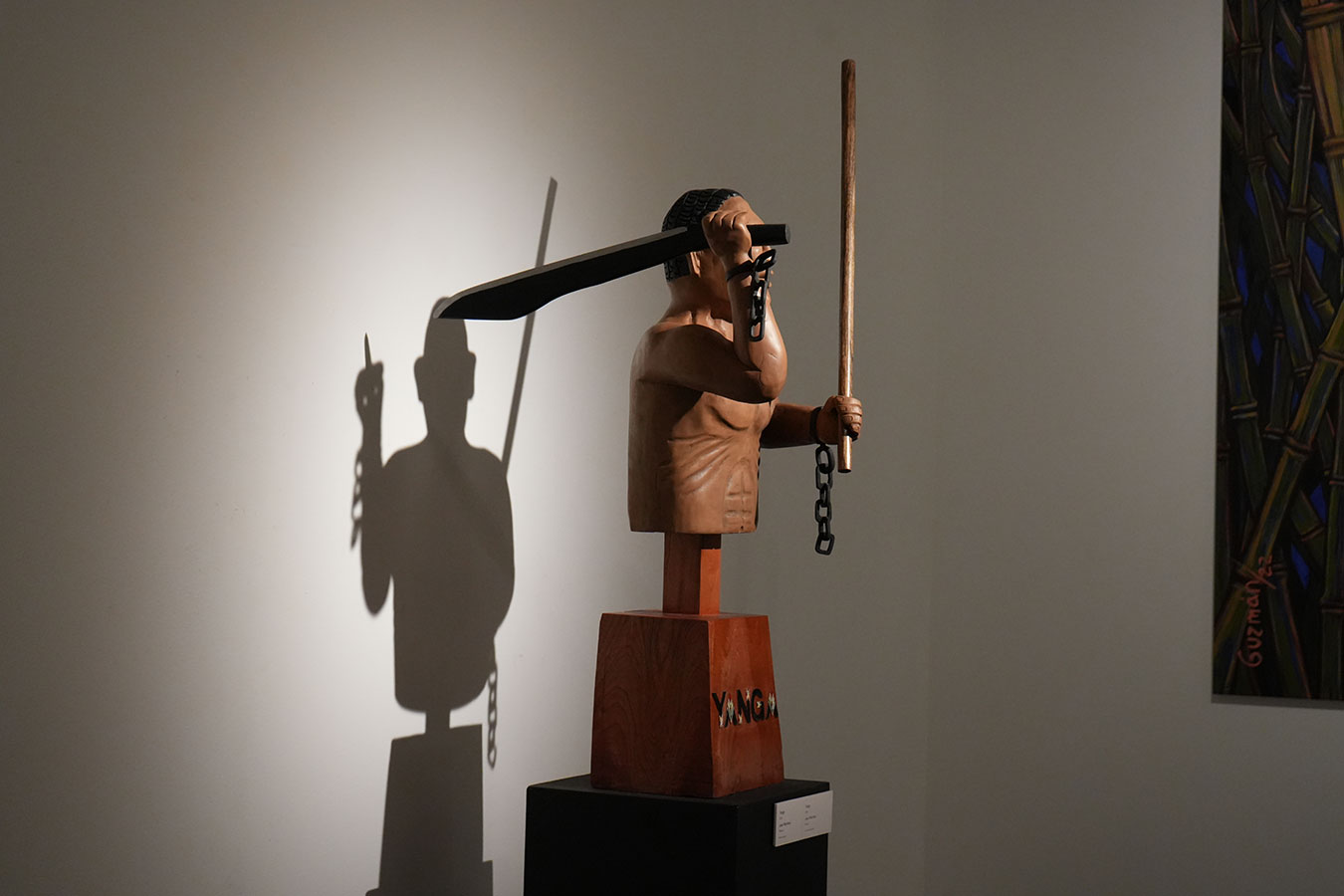

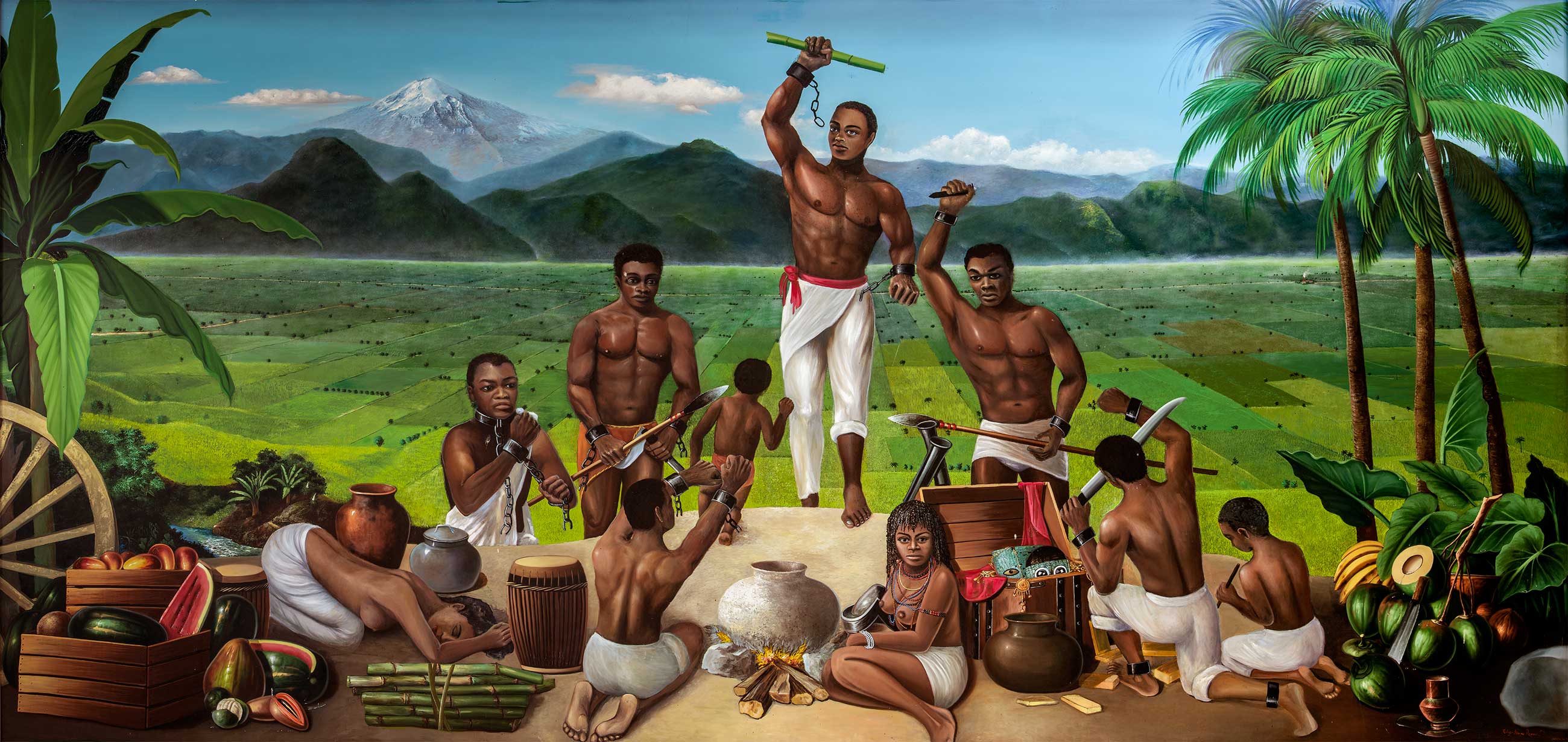
About the Exhibition
Yanga: Journeys to Freedom, a groundbreaking exhibition at the African American Museum in Fair Park, explored both historical individuals and freedom movements.
Visitors to the museum explored the largely unknown story of Gaspar Yanga, one of the first liberators in the Americas.
A prince from an African royal family, Yanga was taken as a slave to Veracruz, Mexico, in 1570. Later, he defeated the Spaniards and negotiated with the King of Spain for one of the first free slave communities in the Americas.
Visitors experienced the three distinct AfroMexican experiences found in Veracruz, on the Caribbean coast, the Costa Chica region of Guerrero and Oaxaca, on the Pacific coast, and Coahuila on the Texas border.
This historical exhibit, curated by Jorge Baldor and Zameer Jiwani, of Latino Arts Project, included commissioned and collected Folk Art, interactive visual displays, sounds of African drums, and videos of festivals and original dances.


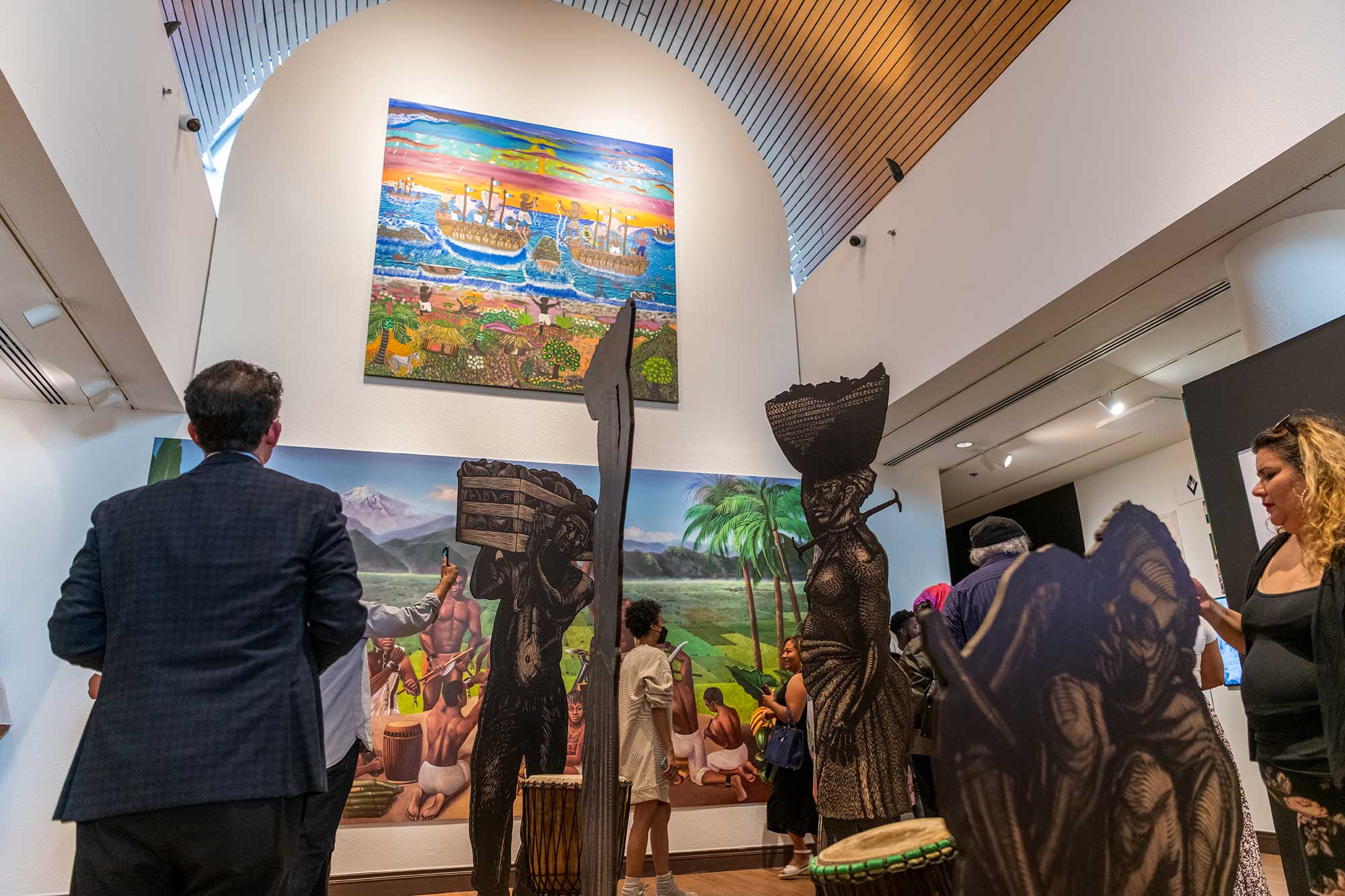
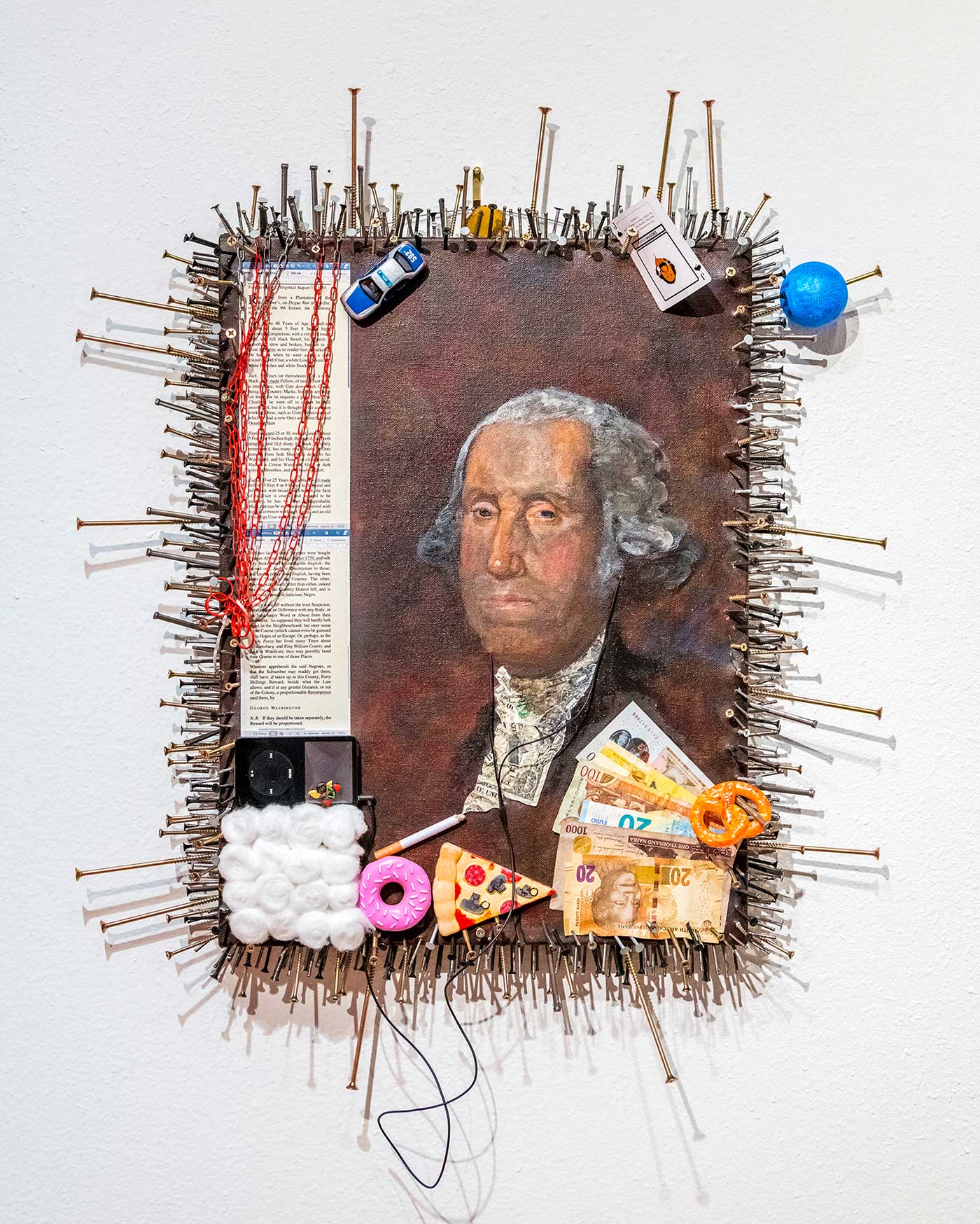

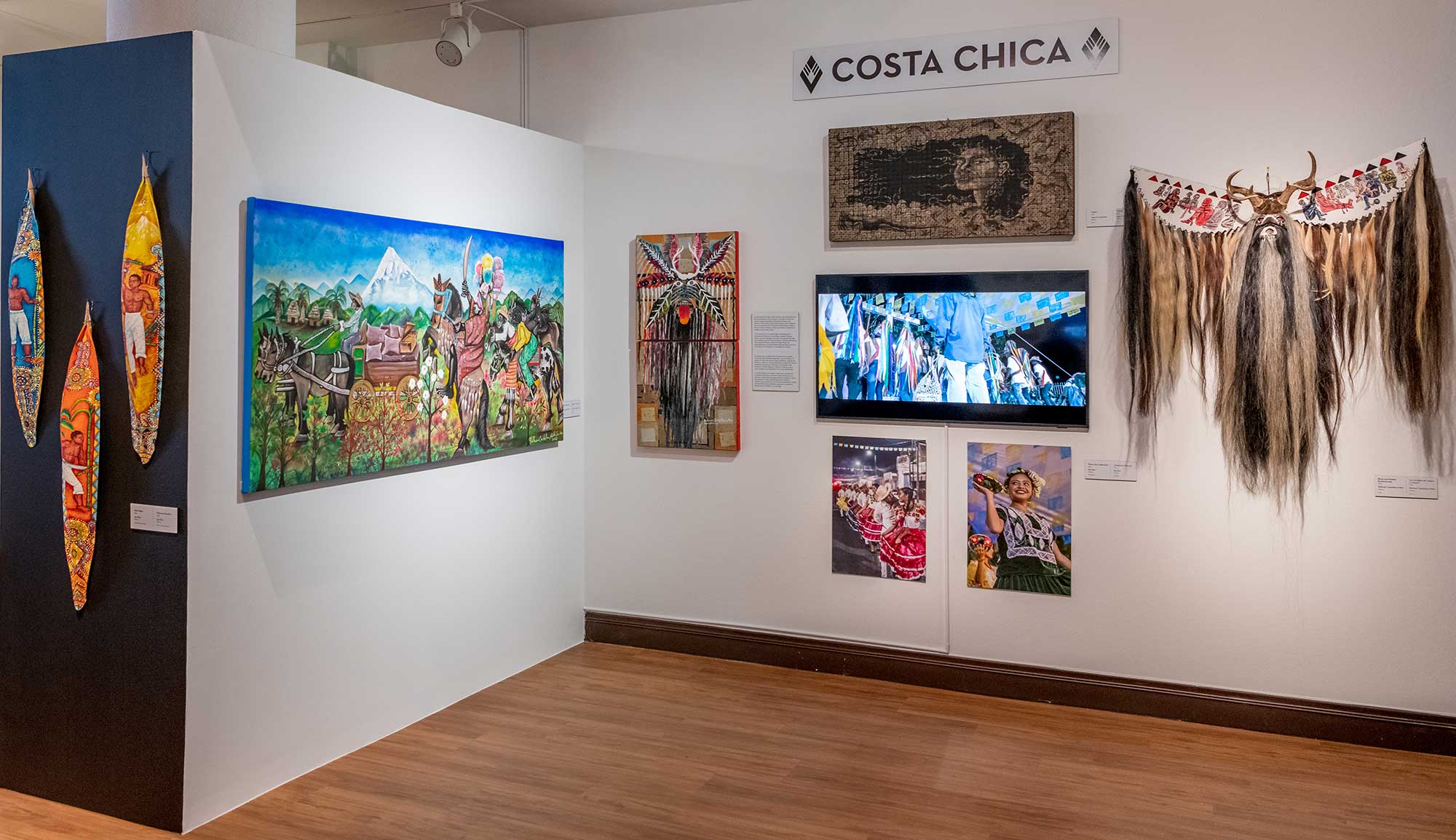
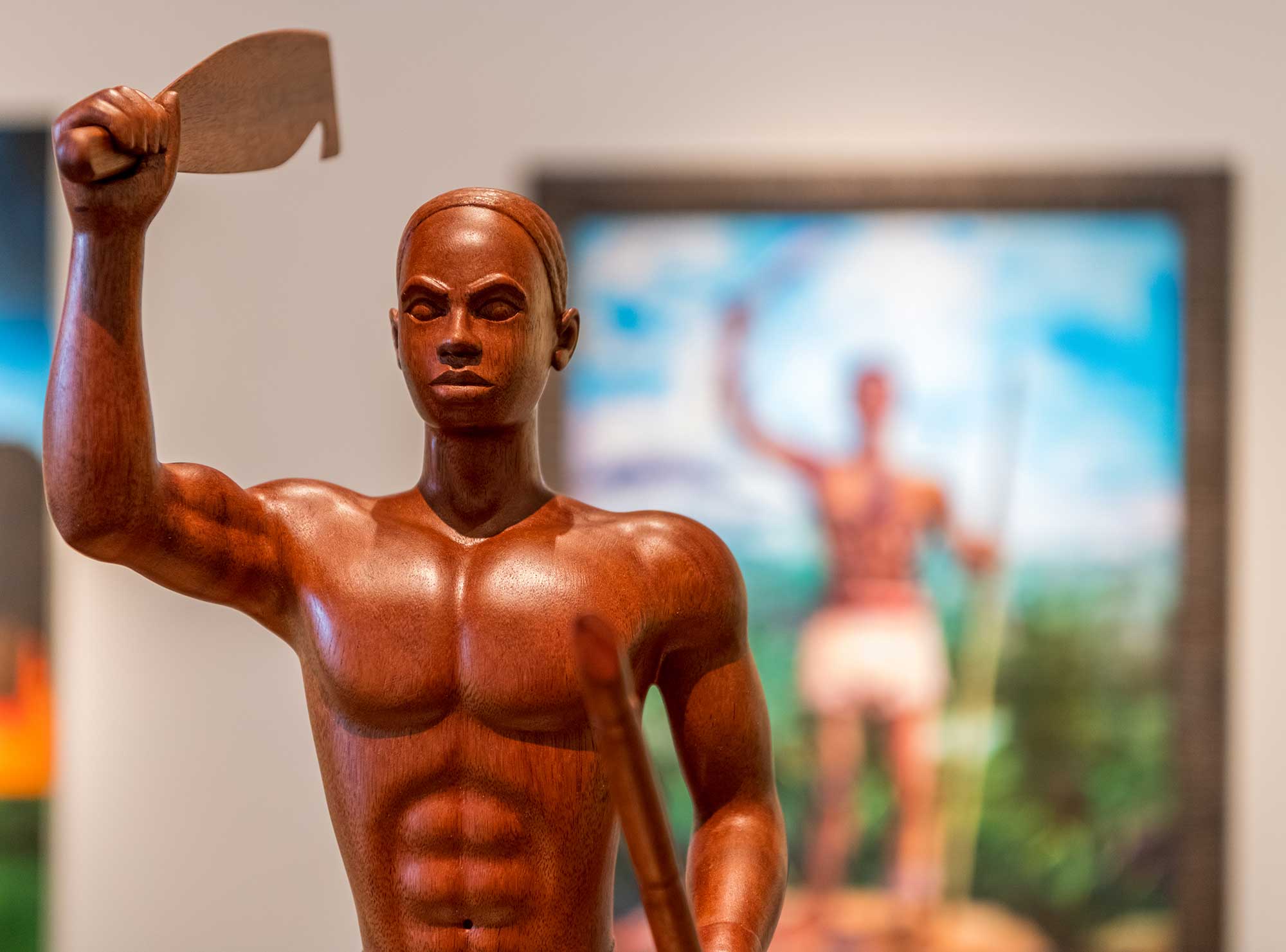
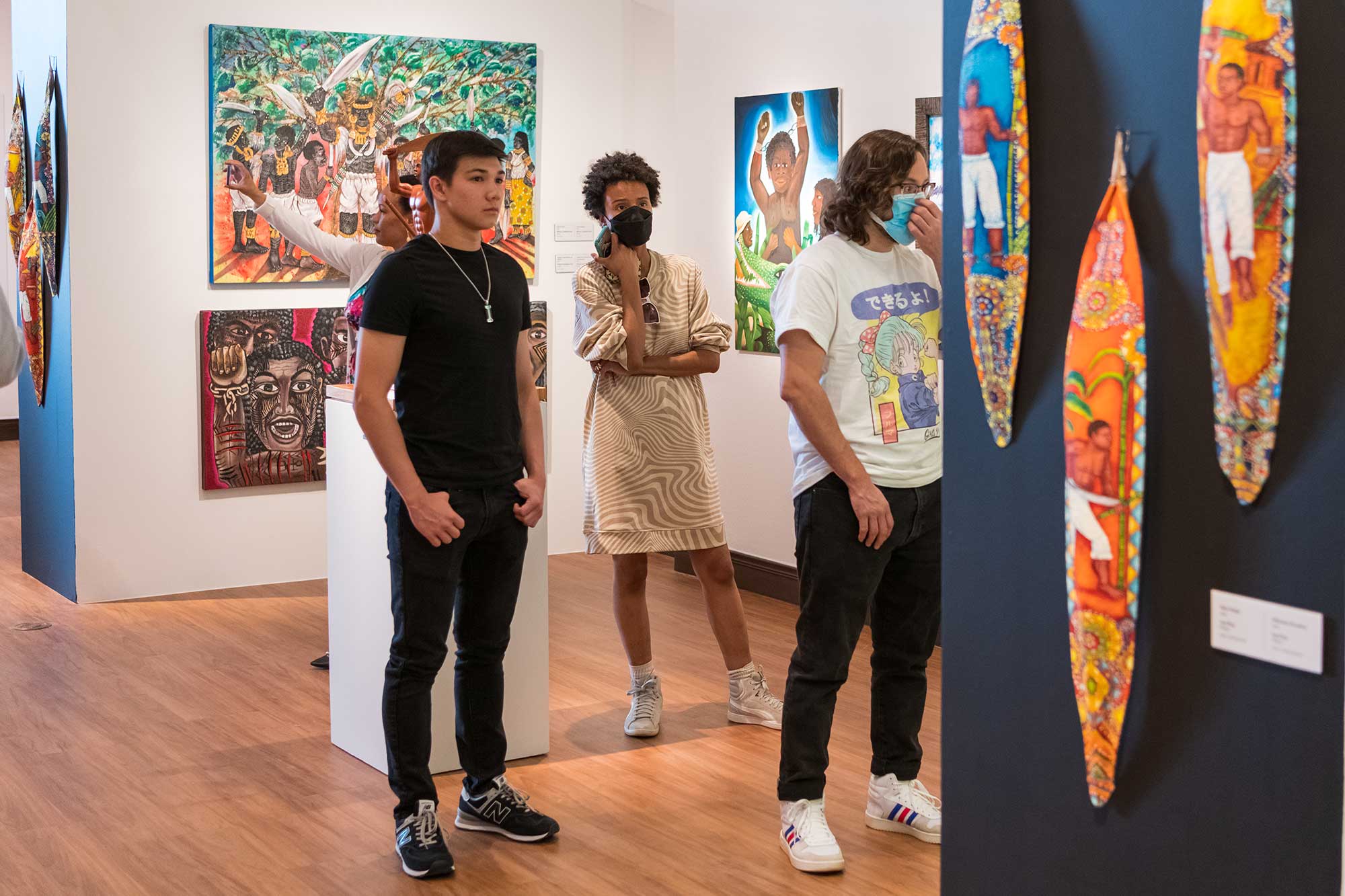

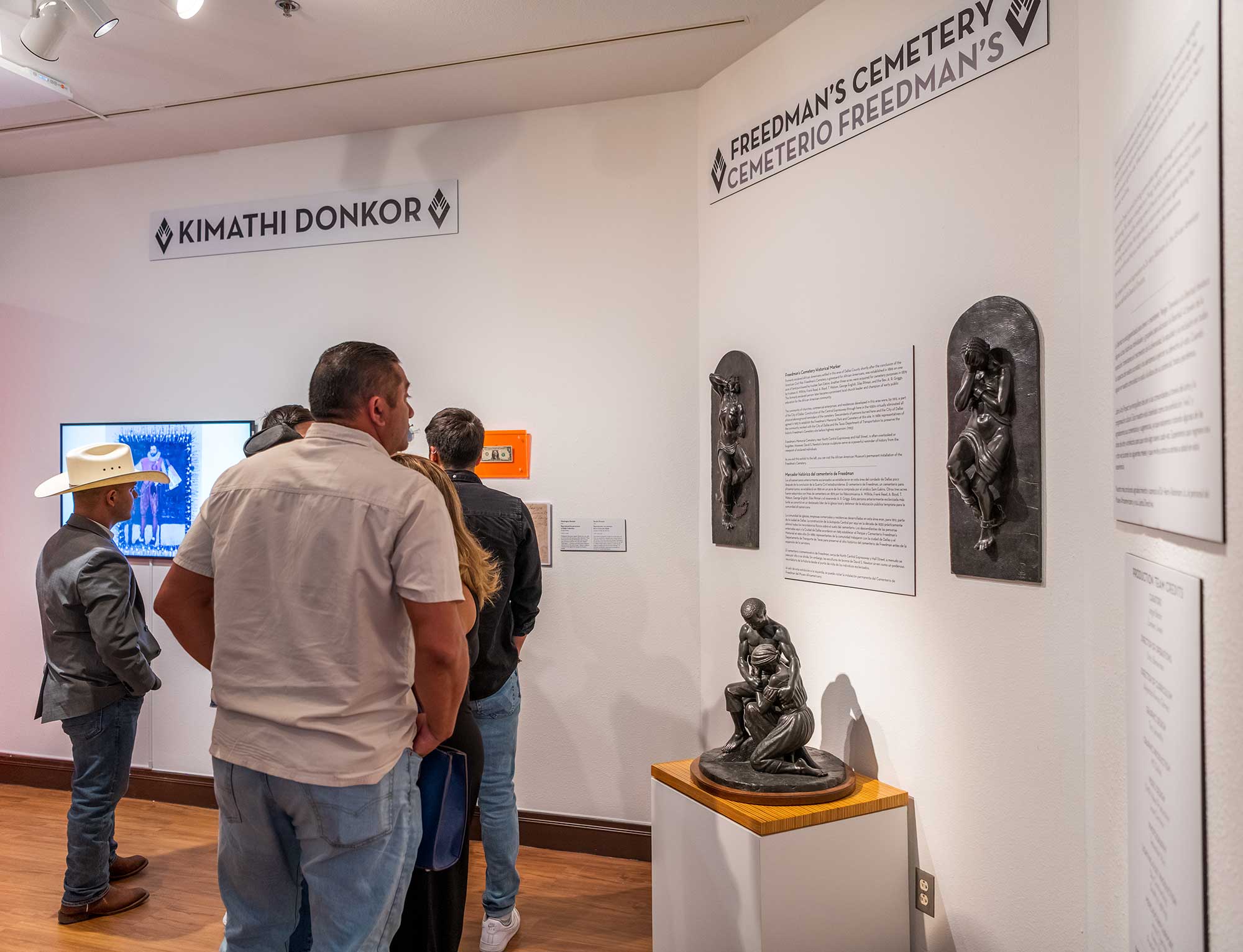
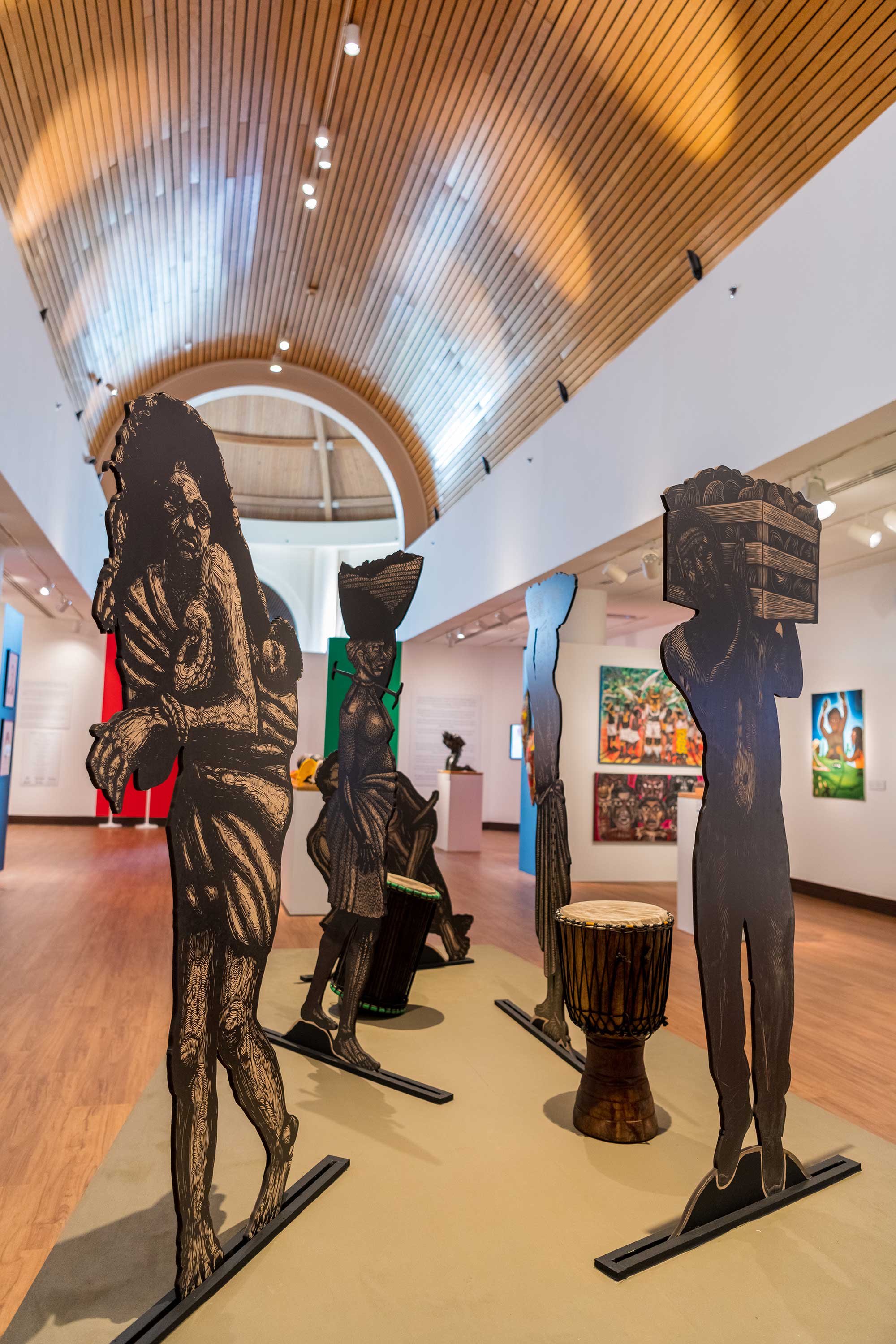
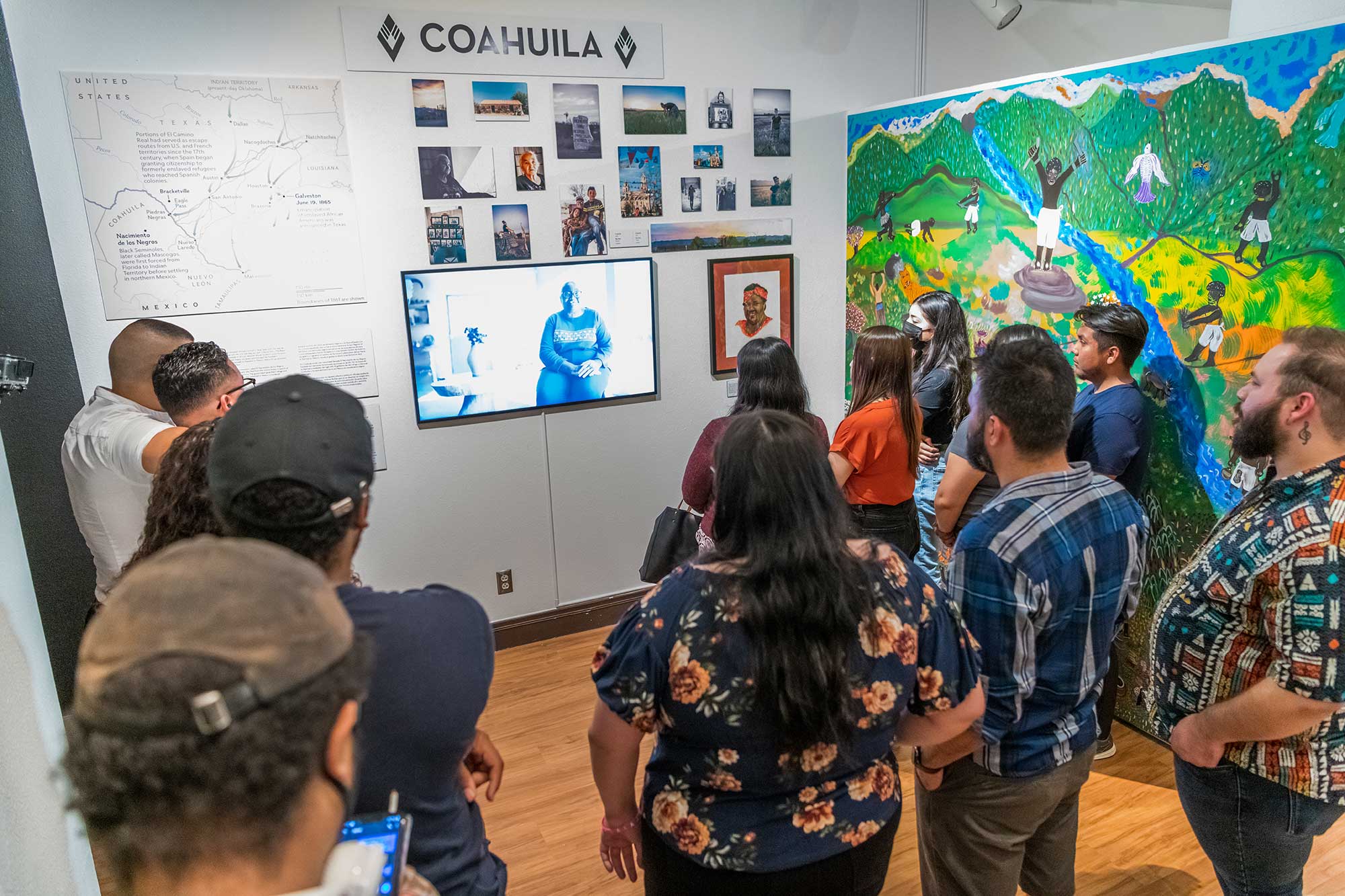
Betsabeé Romero: An Alter in Their Memory / Un Altar en Su Memoria
October 31 - November 17, 2019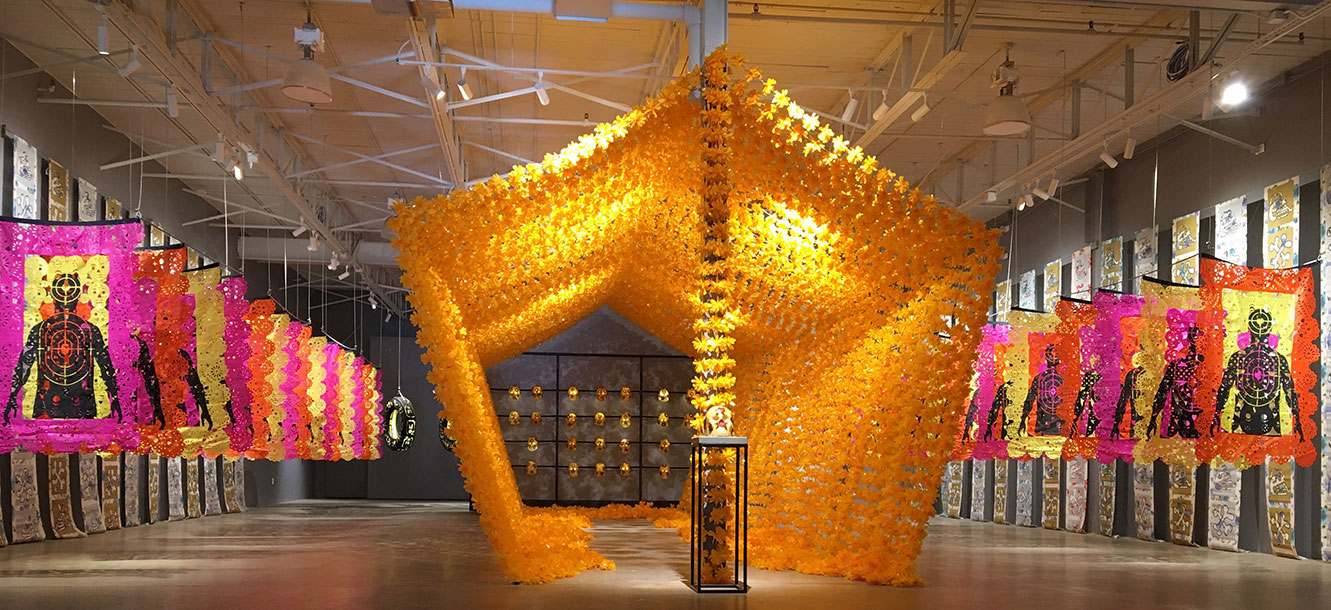
About the Exhibition
Traditional Día de Muertos ofrendas, or altars, are one of the most important collective and cultural celebrations still in practice in Mexico, and Betsabeé Romero (Mexico City, 1963) is one of the most important contemporary artists in Mexico working with the traditional elements and rituals of Day of the Dead altars while interpreting these traditions within a contemporary perspective.
For more than twenty years, Betsabeé Romero’s work has been involved in the research and production of contemporary ofrendas. Romero’s installations typically combine folk traditions of metal and paper art with contemporary social concerns (including immigration, gun violence and other social conditions within Mexico and the world).
Romero’s work has been displayed on five continents, with more than 100 individual exhibitions. Previous exhibitions have been held at the British Museum in London; the Mega Altar at the Mexico City’s Zocalo; le Grand Palais in Paris; the National Museum of Women in the Arts in Washington, DC; the Rubin Center in El Paso, TX; the Nevada Museum of Art; the Neuberger Museum in Harrison, NY; the Nelson & Atkins Museum of Art in Kansas City, MO; the Anahuacalli Museum in Mexico City; the Recoleta Esplanade in Buenos Aires, Argentina; and Museo Casa Azul Frida Kahlo, among others.
While the exhibit centers around the Día de Muertos theme, it is also an homage to those deceased as a result of gun violence, as well as migrants who have died crossing the US-Mexico border.
Sponsors
Harry & Christina Lynch
Mexican Modern Sculpture: A Study of the Artists
May 5 - Sep 22, 2019
About the Exhibition
This exhibition illustrated the aesthetics movement in Mexico, known as Escuela Mexicana de Escultura or Mexican School of Sculpture. These 9 featured artists are clearly positioned within the historical context of the Post-Revolution era in Mexico after 1920. It is focused on the revaluation and the exaltation of being Mexican; the nationalistic spirit of that time, and the ideals of the Revolution that both influenced and was influenced by the art. Mexican Modern Sculpture: A Study of the Artists has been organized by the Museo Casa Estudio Diego Rivera y Frida Kahlo in Mexico City with the support of the Instituto Nacional de Bellas Artes y Literatura and the Secretaría de Cultura of Mexico and Latino Arts Project is proud to be the only US venue.
Curated by art scholar María Estela Duarte, one of the greatest authorities in Mexican sculpture, this exhibition is the culmination of 14 years searching for previously undiscovered pieces and of academic research to create the most comprehensive look to date at these 9 artists, who reached their pinnacle of fame during the 1920’s – 1950’s and then were lost to history. Visitors will observe how each artist approached volume, using sculpture, and the influence of Mesoamerican cultures. Additionally, the way they dealt with identity and historical and social impact, such as family – particularly mother/motherland figure, education, history, politics and with the European avant-garde movements, like Art Deco.
About The Artists
This exquisite group exhibit includes more than 90 sculptures and numismatics plus several photographs and other documents of the 9 artists and it highlights the 5 regions where the artist were born and worked: Guanajuato, Jalisco, Nuevo León, Puebla and Mexico City:
Manuel Centurión (1883 – 1952)
Fidias Elizondo (1891 – 1979)
Guillermo Toussaint (1892 – 1965)
Juan Leonardo Cordero (1896 – 1960)
Carmen Carrillo de Antúnez (1900 – 1982)
Abraham Jiménez López (1901 – ca. 1988)
José L. Ruiz (1903 – 1981)
Isaías Cervantes Rodríguez (1903 – 1982)
Alberto de la Vega (1923 – 1969)
